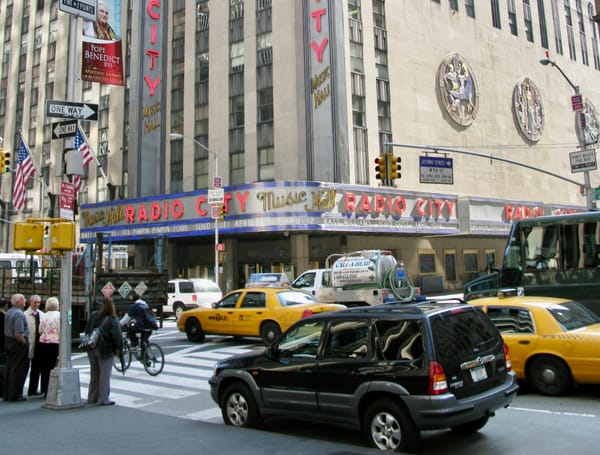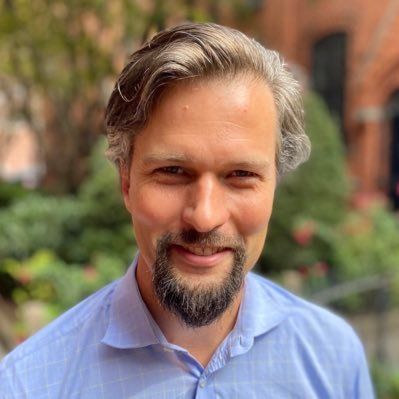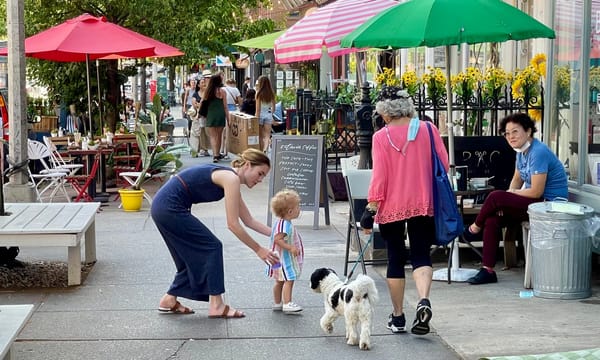A guide to our best articles about creating better sidewalks to revive social life, build great neighborhoods, grow economic activity, and save the planet
The most overlooked and yet most important public spaces in our communities are the sidewalks. Sidewalks are the largest, most extensive public places we have and they are our main platforms for social and commercial life.
Exacerbated by 100 years of defining our communities around car culture, we currently find ourselives in an epidemic of loneliness, dealing with struggling economies, and grappling with a climate crisis. By shifting our focus from what happens on the streets to what happens on the sidewalks, we can reverse many of the problems our communities, big and small, are facing today.
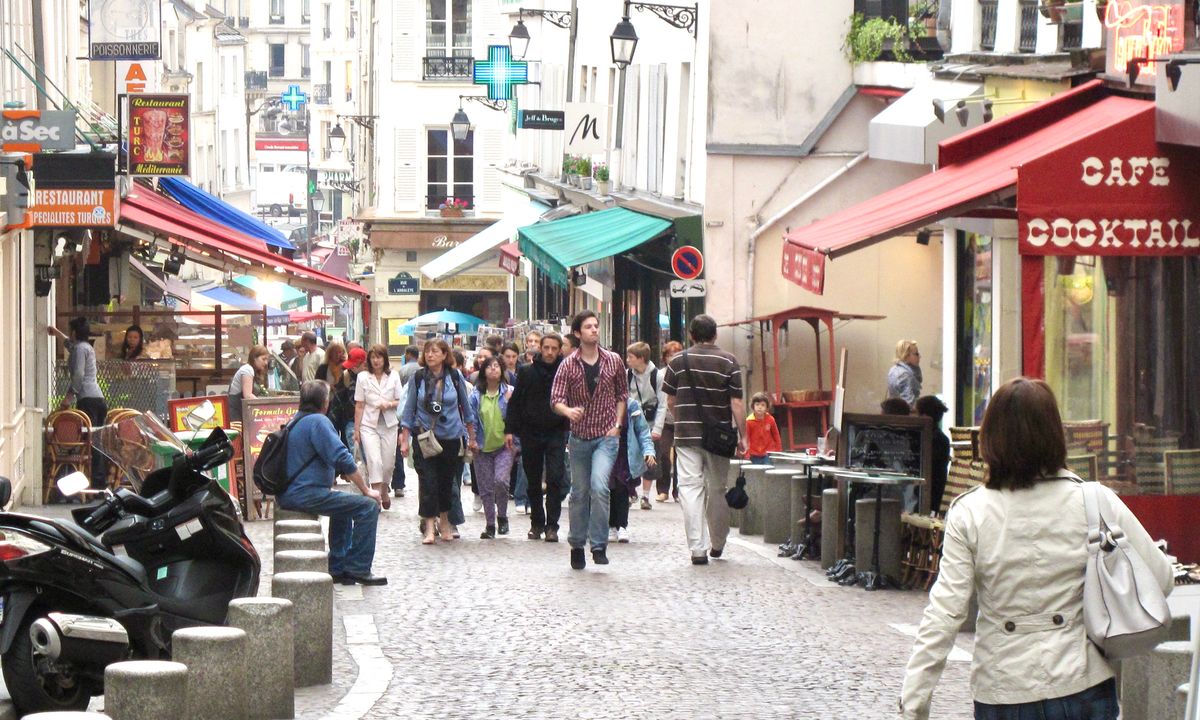
Main Takeaways
To get back to people-focused cities, we need to flip the script and deprioritize cars and car infrastructure and reprioritize social life and pedestrian infrastructure. As we have been saying for years, "we need to turn everything upside down to get it right-side up, to go from inadequate to extraordinary."
Here are some insights from our work about the importance of sidewalks and how we can make them better:
- Start with the social life of sidewalks to fundamentally improve communities big and small – focus on sidewalk life rather than on car activity
- Redesign streets to connect people rather than vehicles
- Design for to, not through – limit through-traffic and create interesting destinations along the sidewalks
- Set a city/community-wide speed limit of 25 MPH
- Add intensity and complexity to sidewalks so that they are interesting places to spend time
- Encourage improvisation by residents and business owners by giving them the power to shape the public realm
- Enable placemaking along the sidewalk by removing restrictions on what can happen there
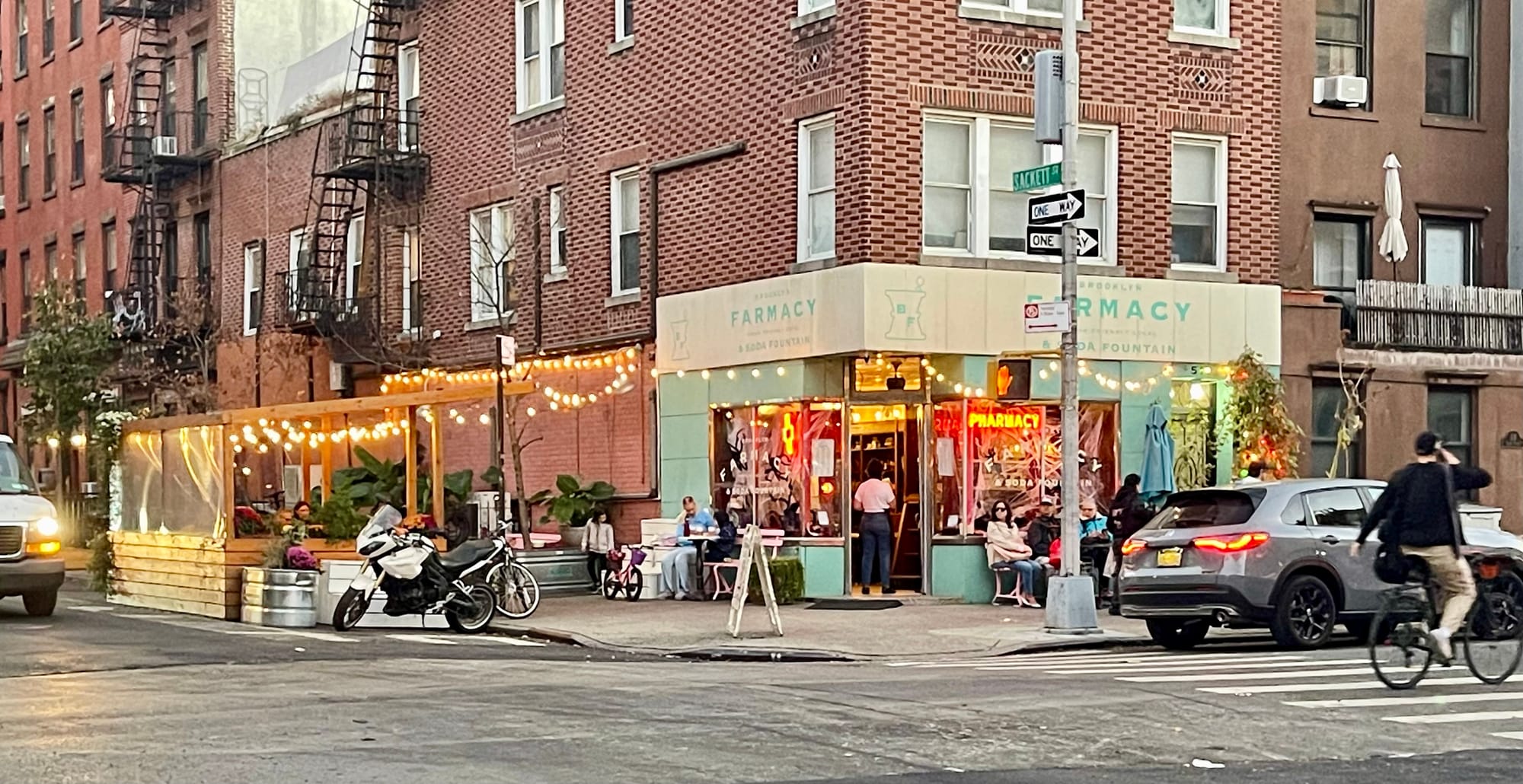
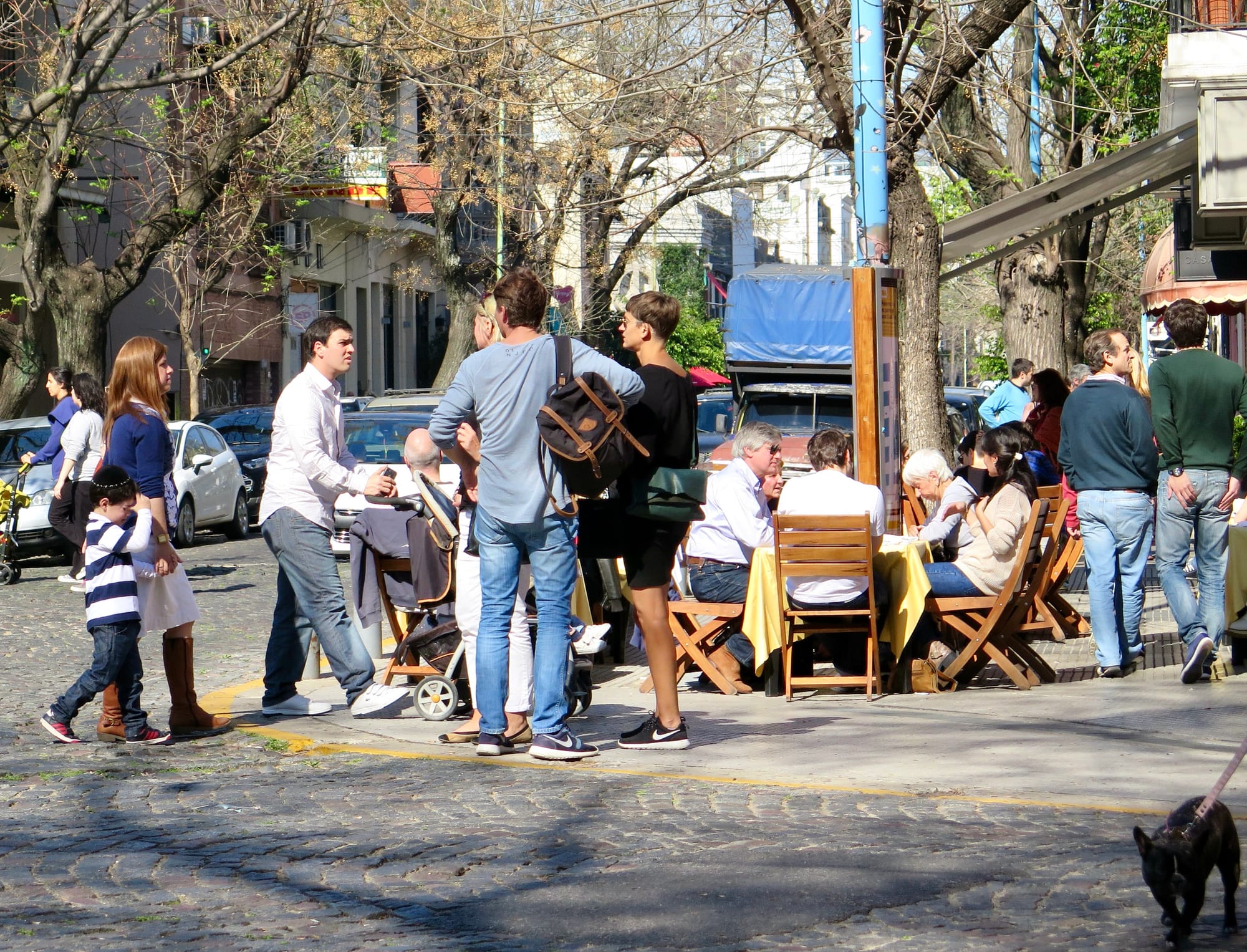
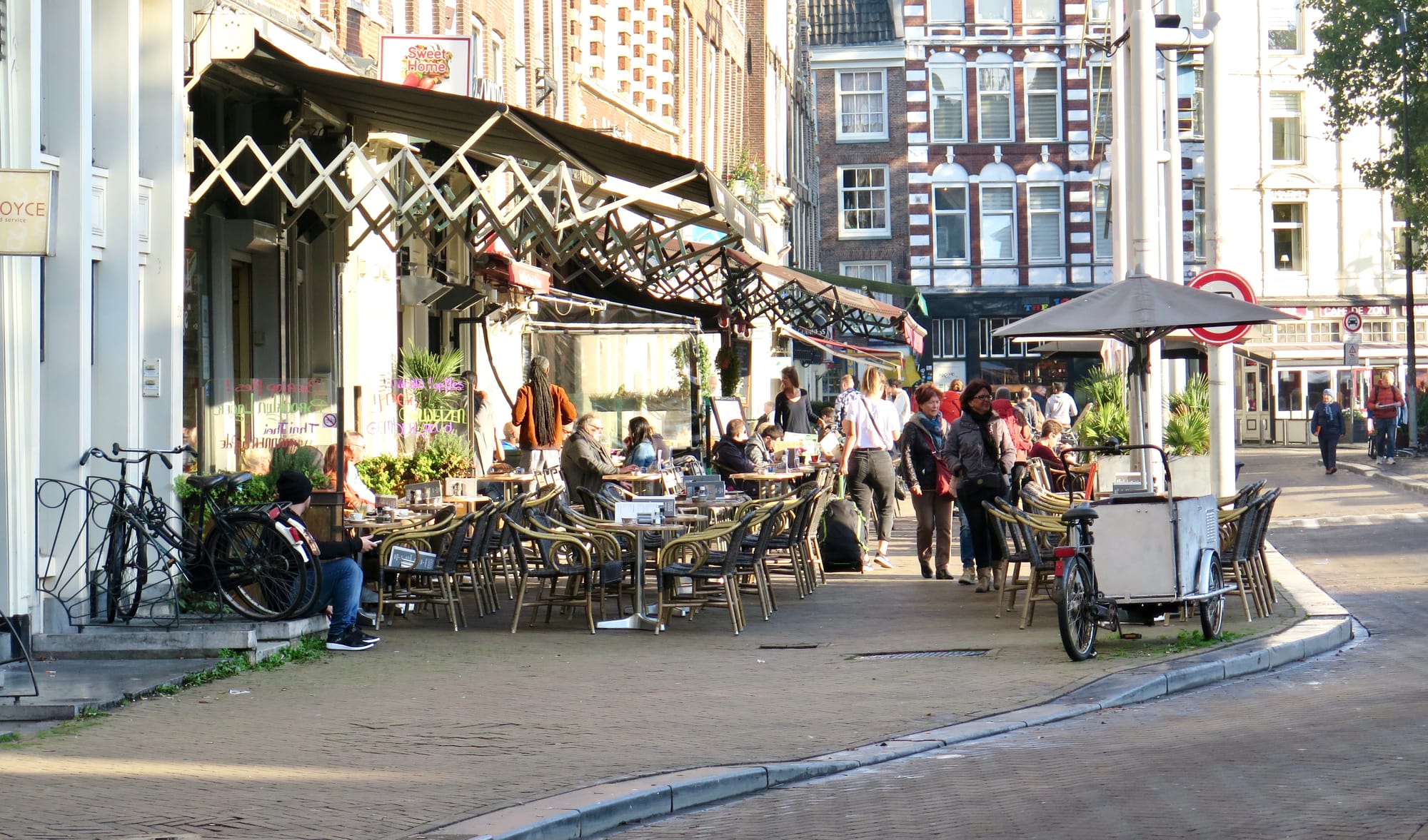
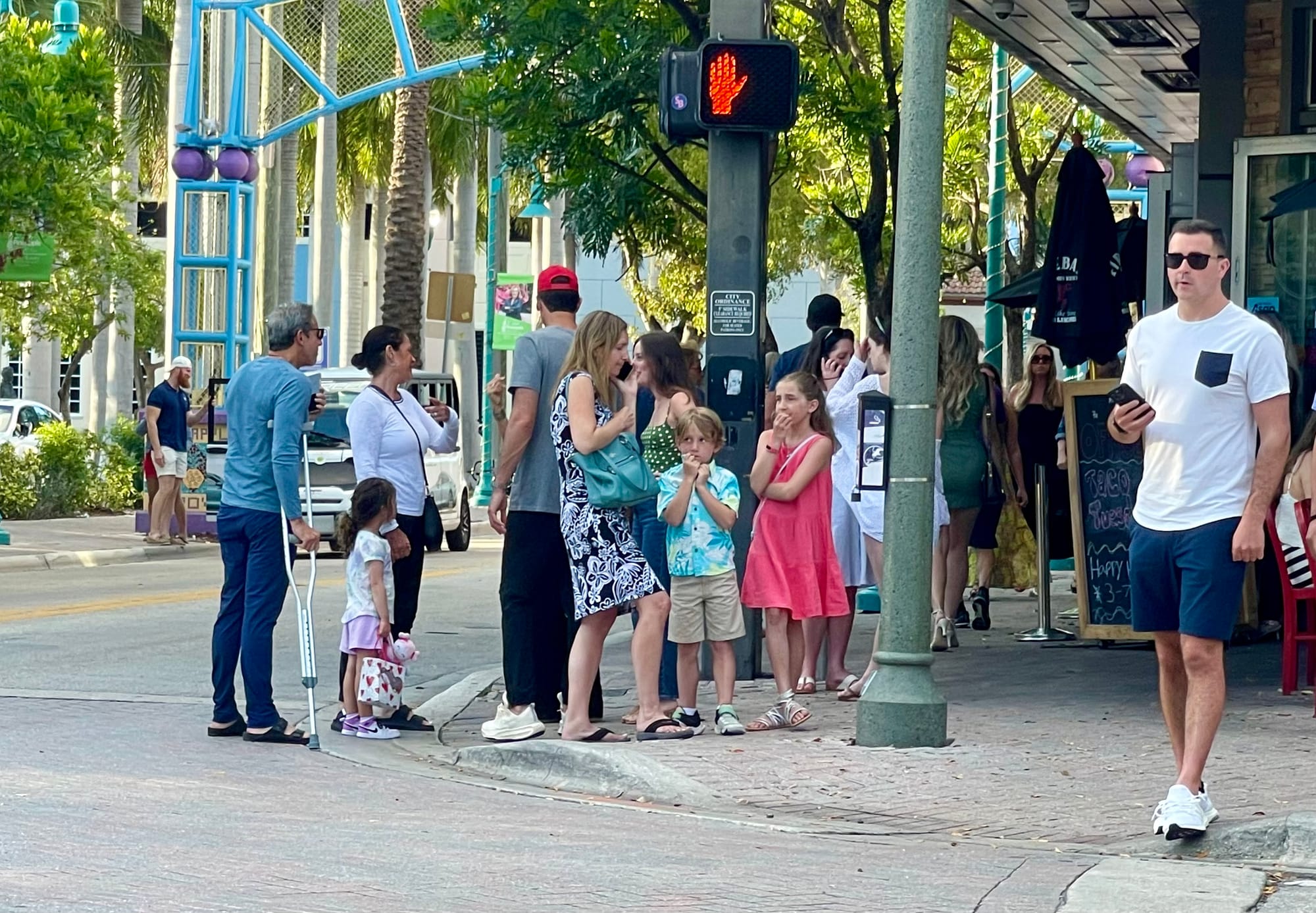
Some sidewalks we love - Brooklyn, Amsterdam, Buenos Aires, and Delray Beach
Our Sidewalk Articles
Topic 1) How to Create Great Sidewalks
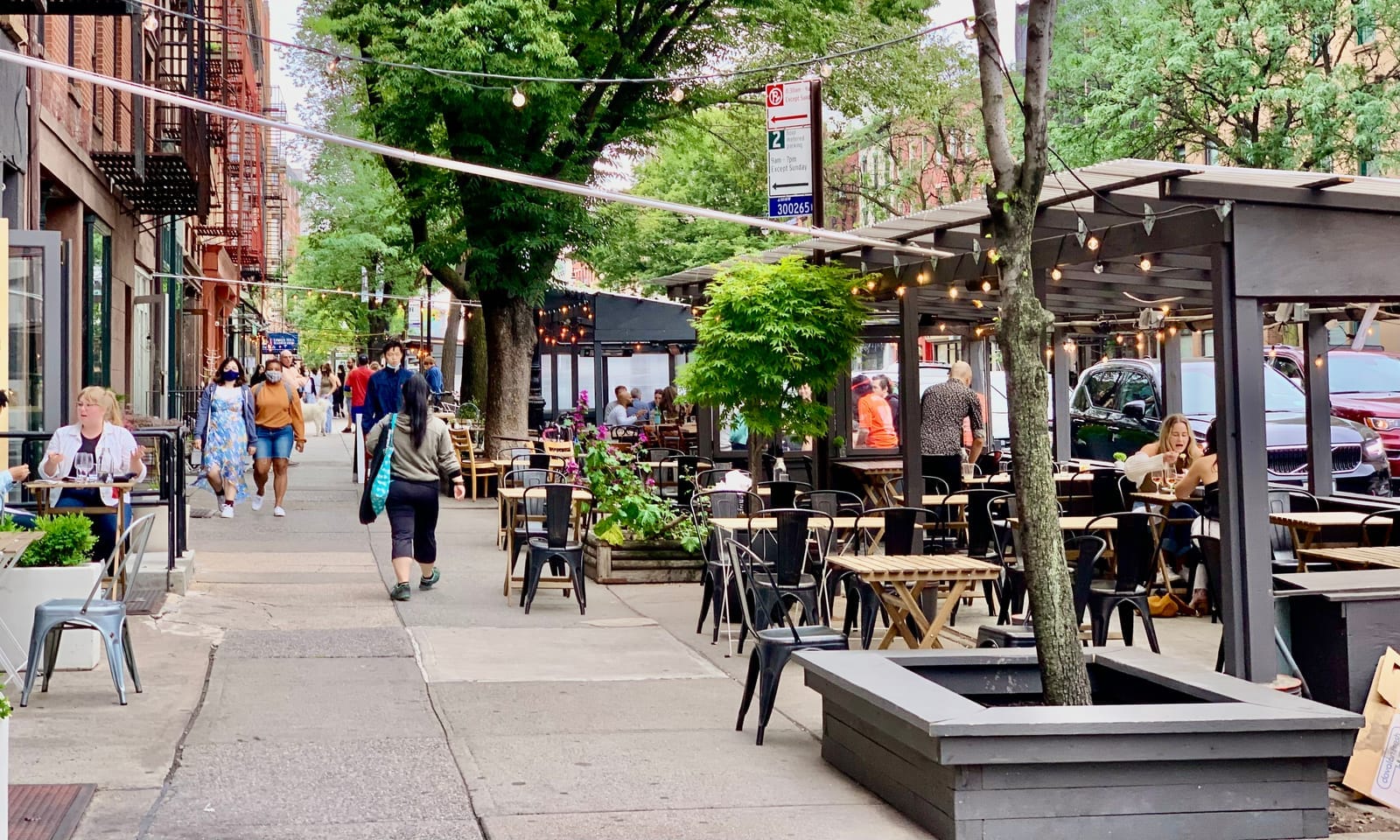
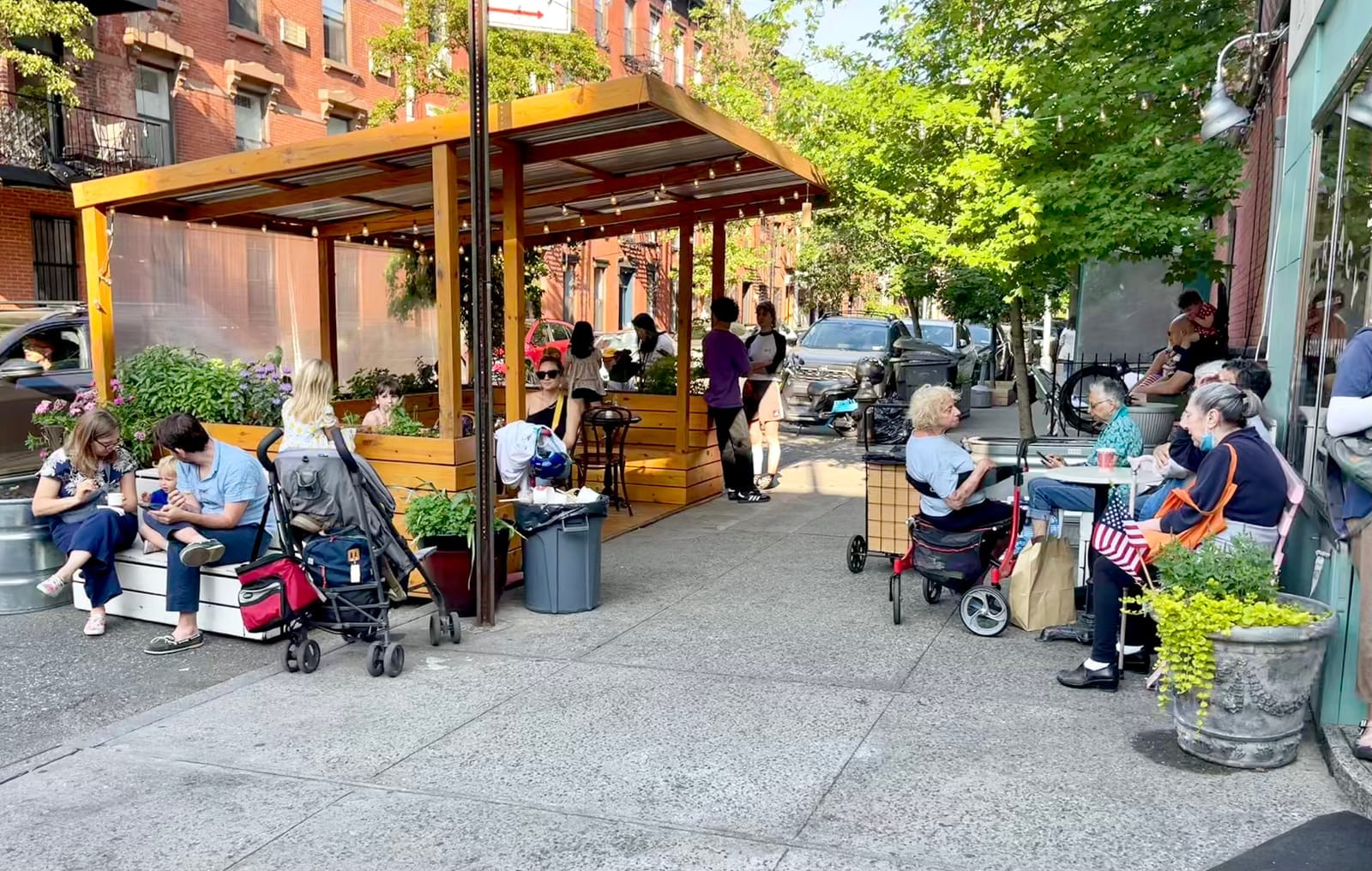
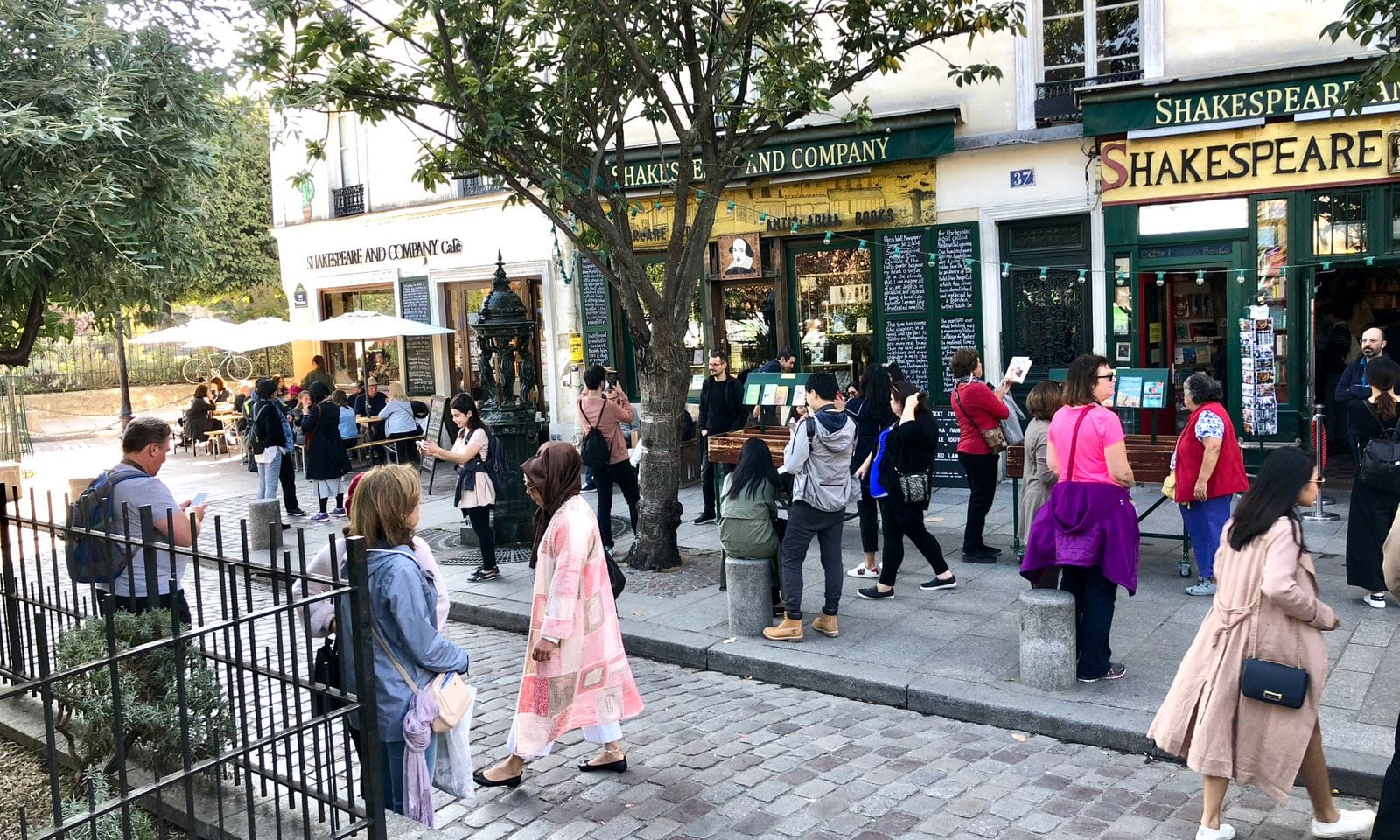
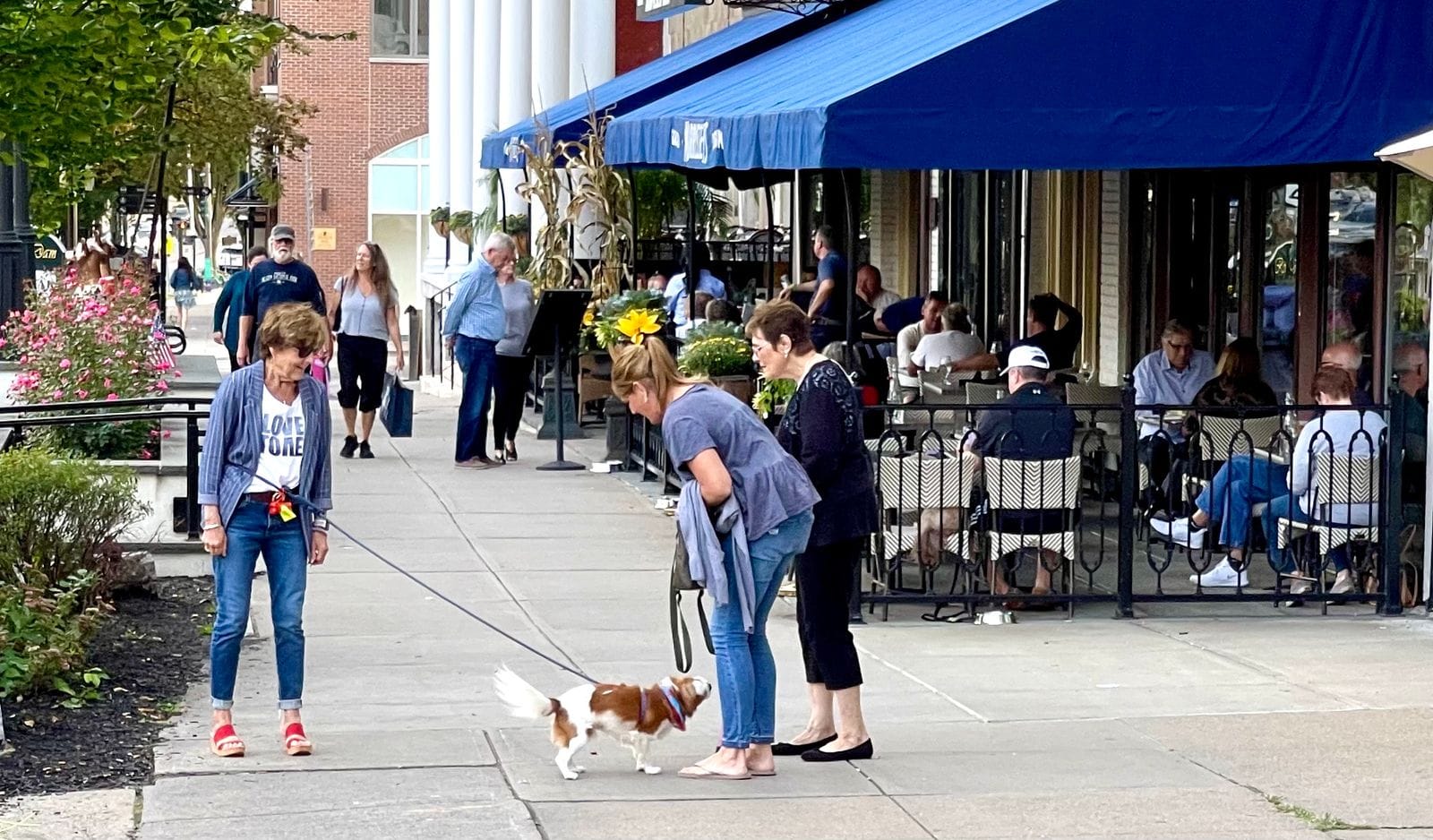
1) Creating the Streets and Sidewalks We Love
A look back at how our streets became the hostile and unpleasant places we have today, and an overview of the different kinds of streets we need to create more of, including promenades, grand boulevards, narrow streets, shared streets, and welcoming residential streets.
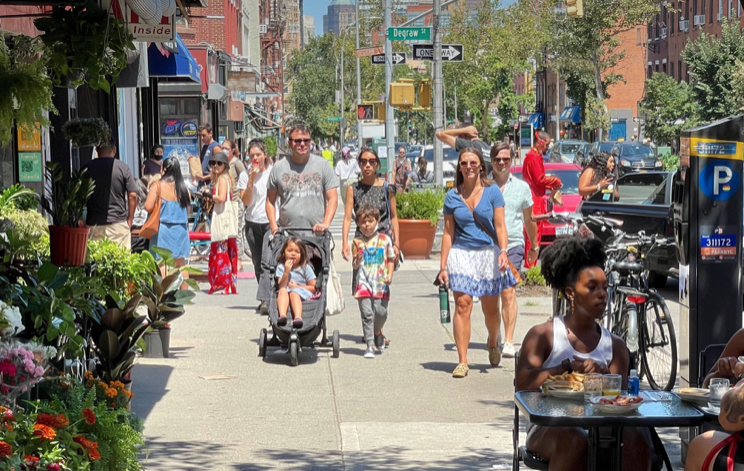
2) Turn Buildings Inside-Out
To create vibrant sidewalks that draw people in, we need to make them interesting. The best way to do so is by allowing the things that go on within the buildings lining the sidewalk to spill out onto it. By putting out displays of goods like books and clothes, adding outdoor seating, mannequins, sample tables and more, sidewalks become fun and lively destinations.
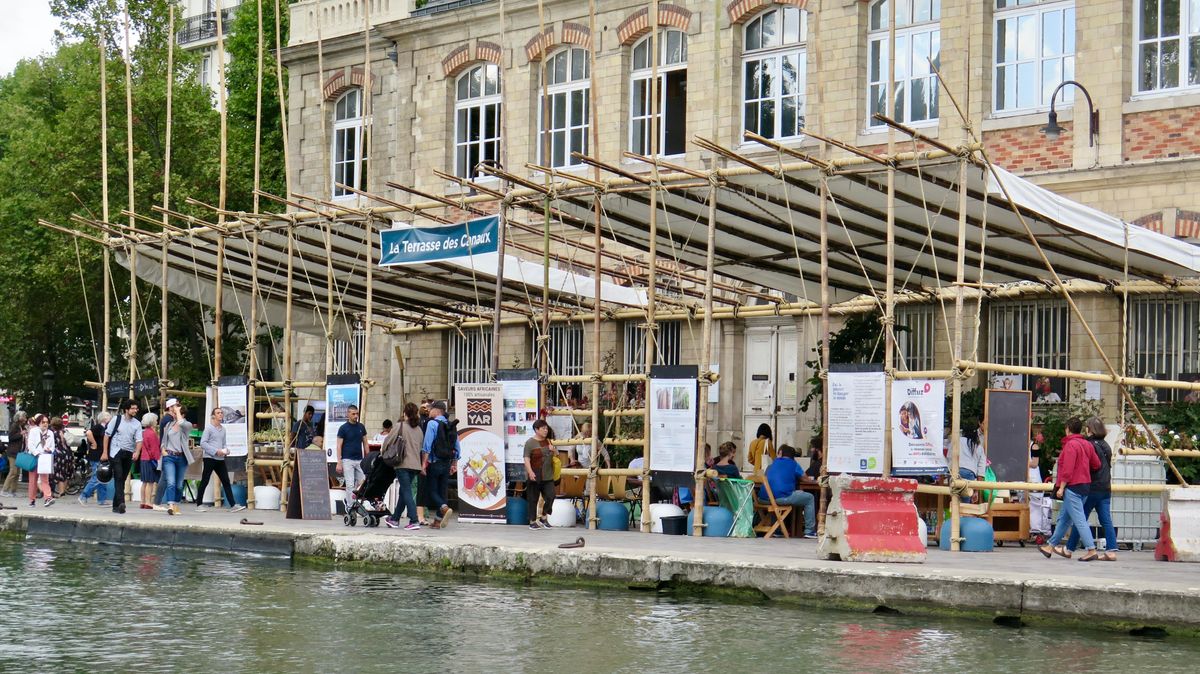
3) How Double-Loaded Sidewalks Bring Safety, Comfort, and Joy to Our Streets
The best kind of sidewalks are those that are "double loaded," meaning that they have activations on both sides of the pedestrian walkway – the building side and the curb side. This creates a kind of pedestrian "tunnel" which offers a comfortable sense of enclosure, sensory separation from traffic, and a safer and more interesting public space for people to navigate.
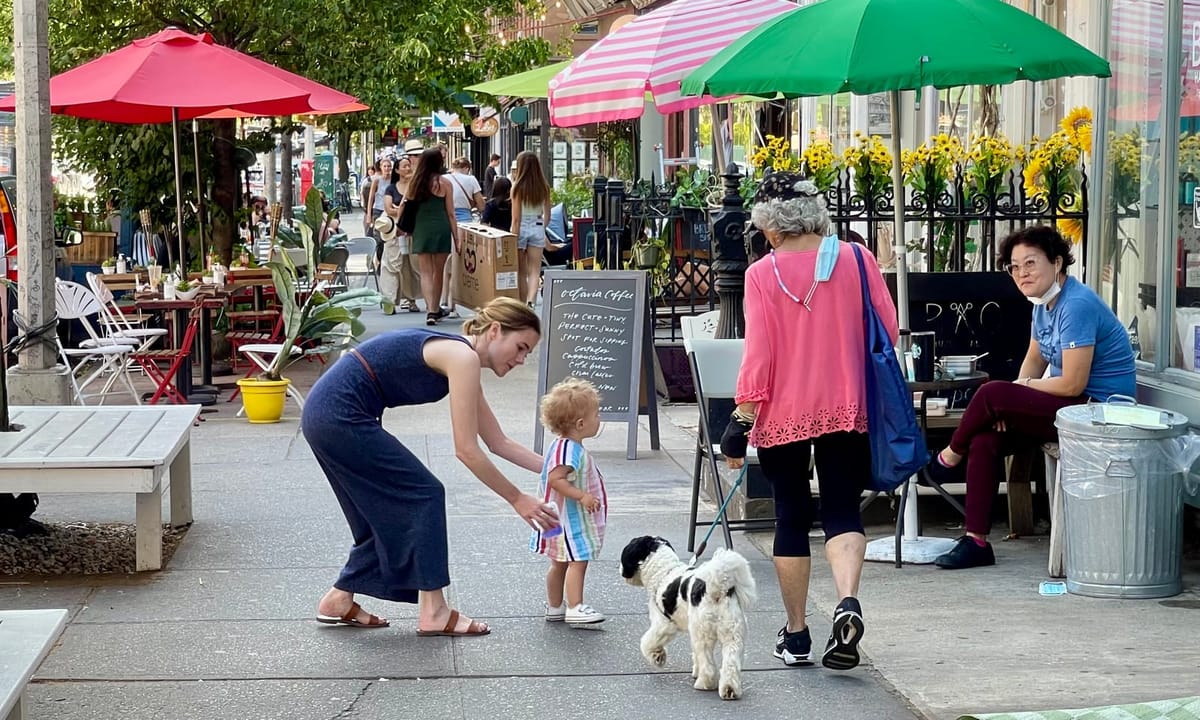
4) 14 Reasons Why NYC and Cities Everywhere Need Street Dining Sheds
Dining sheds are so important because they create the best version of curb side activations needed for "double loading." They make the sidewalk a more interesting place to be, they let businesses expand their presence in the public realm, they create a separation between foot traffic and car traffic, and much more.
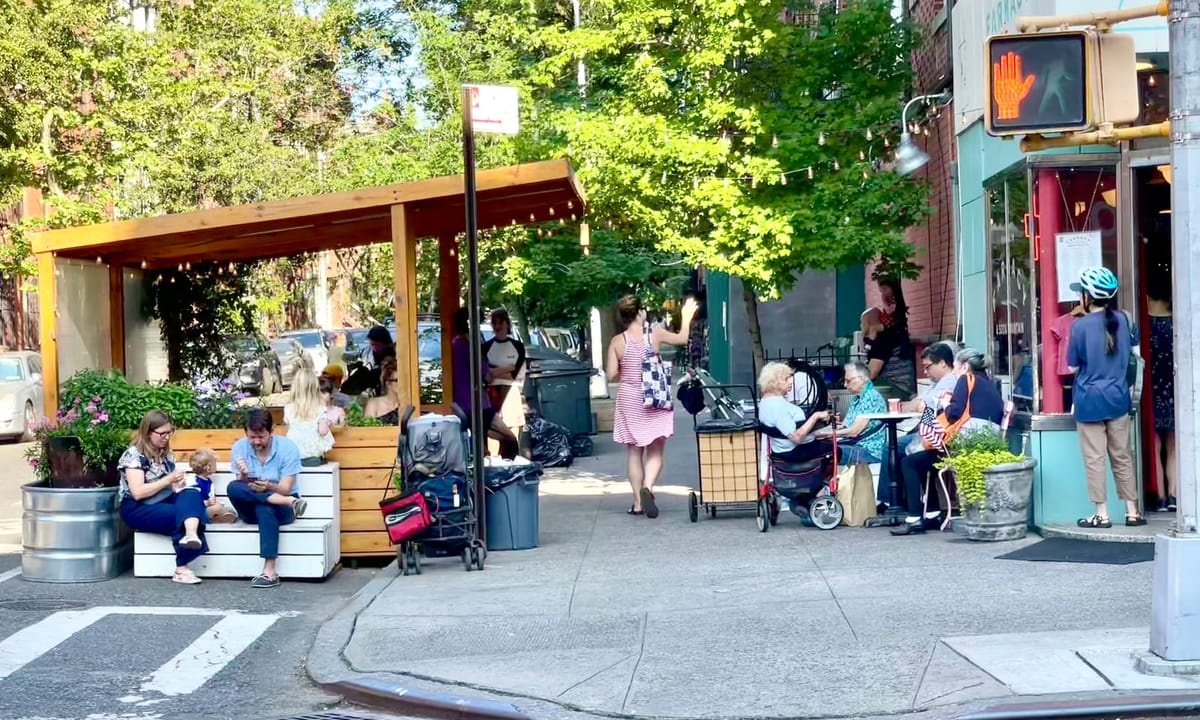
Topic 2) Streets, Intersections, and Corners
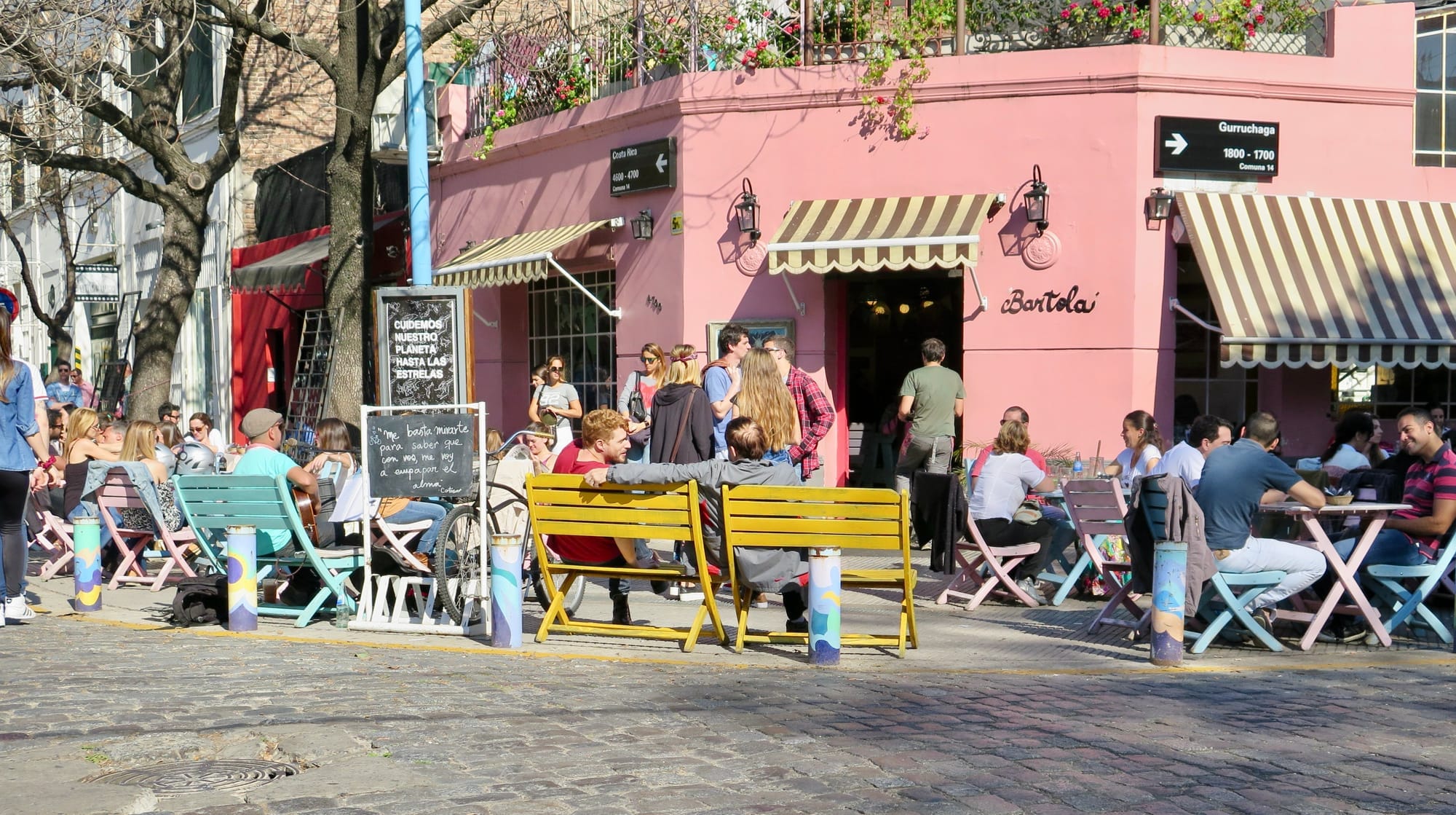
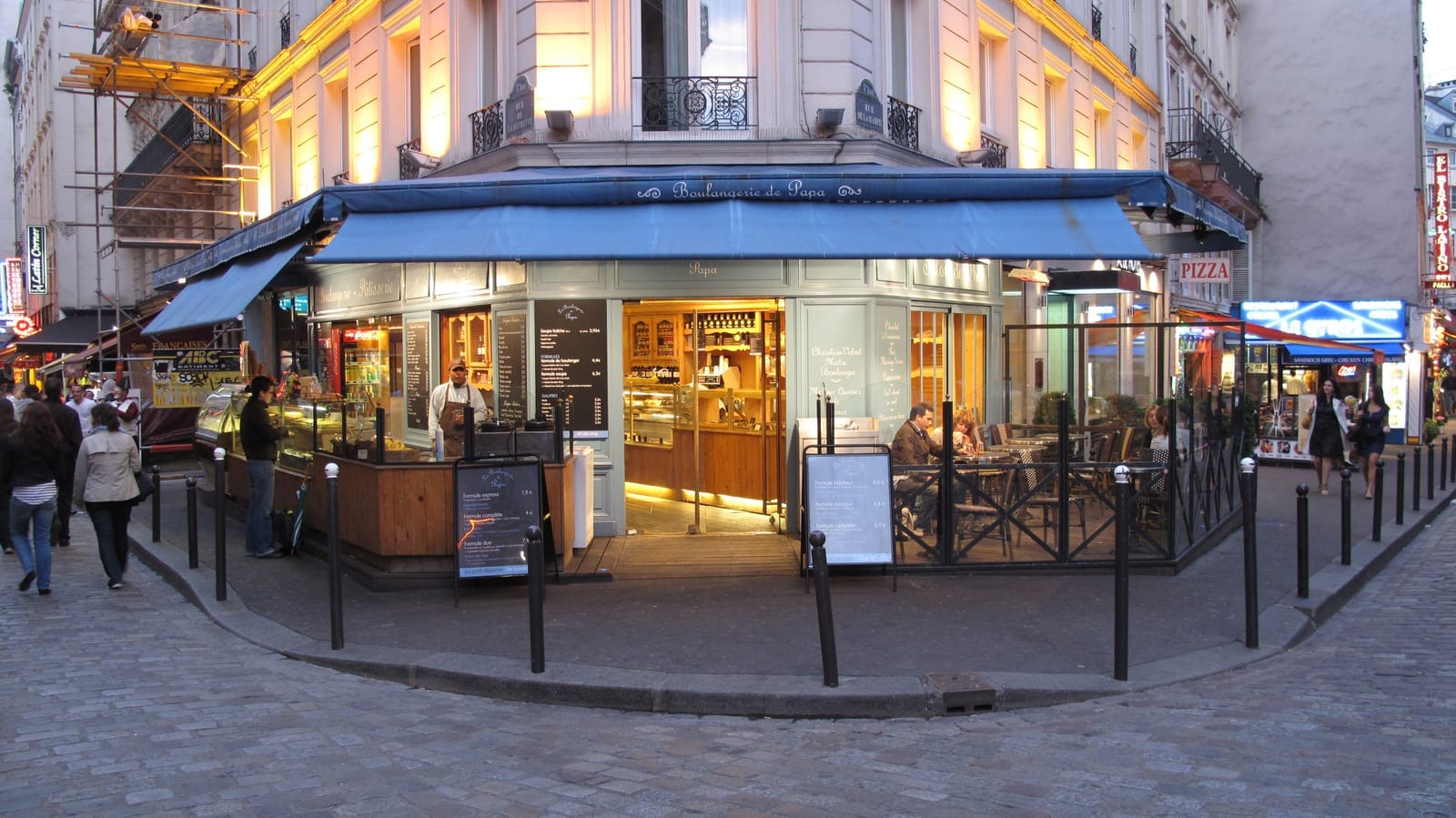
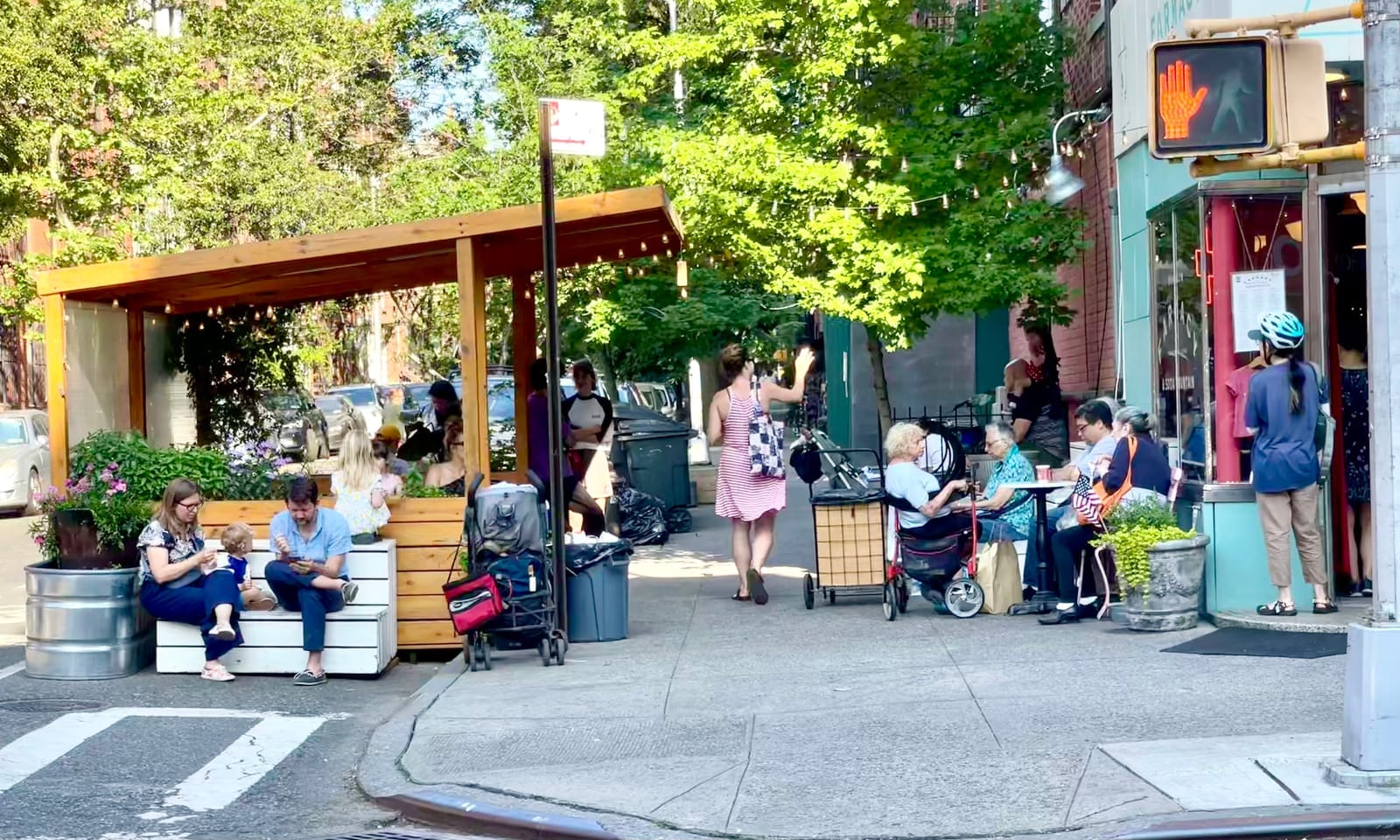
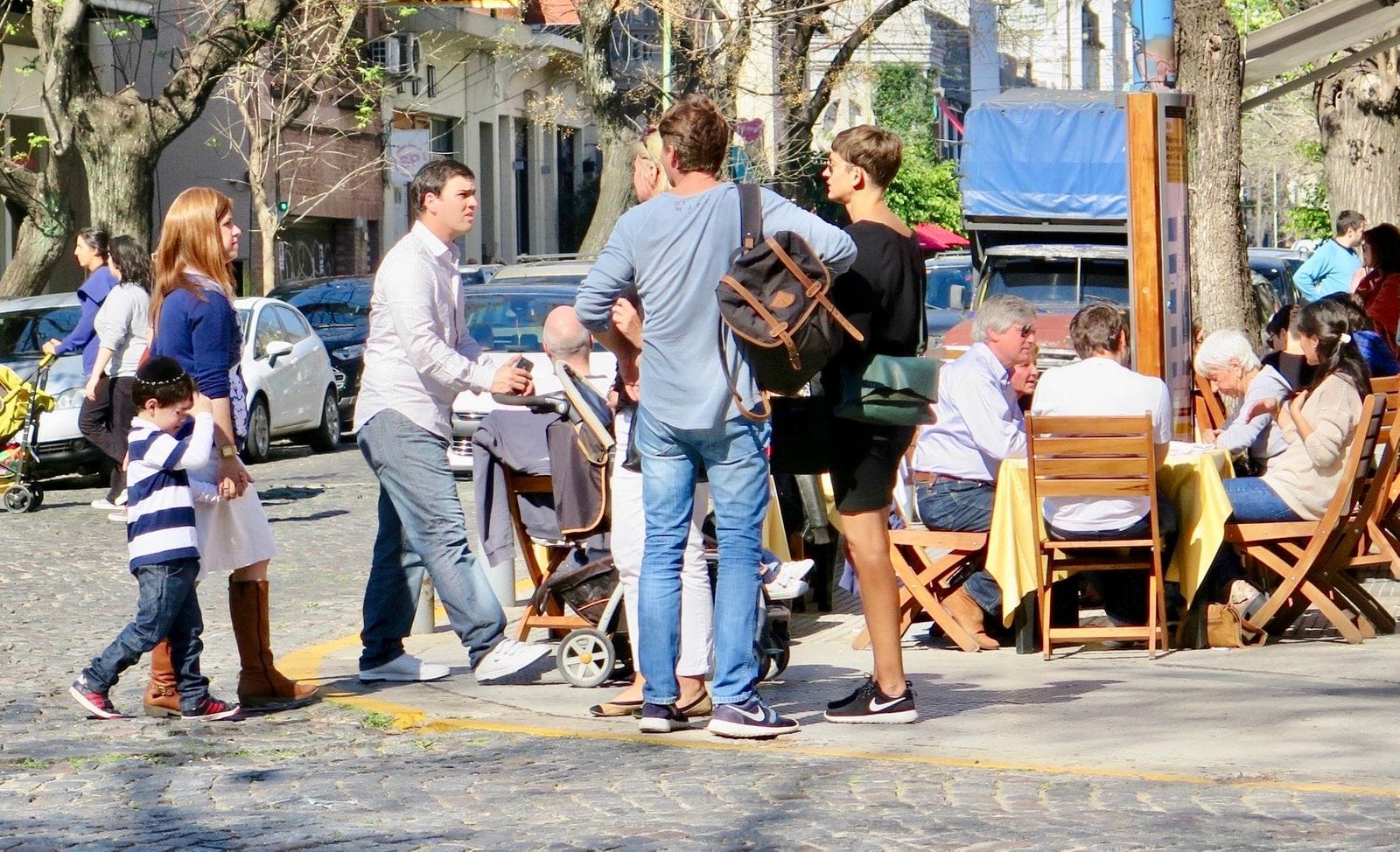
1) Creating the Streets We Want
A collection of examples from world-class streets full of vibrant life, bustling business activity, and countless social interactions. Every town and city needs streets like this because of how they support community, strengthen the local economy, and create rich, memorable experiences.
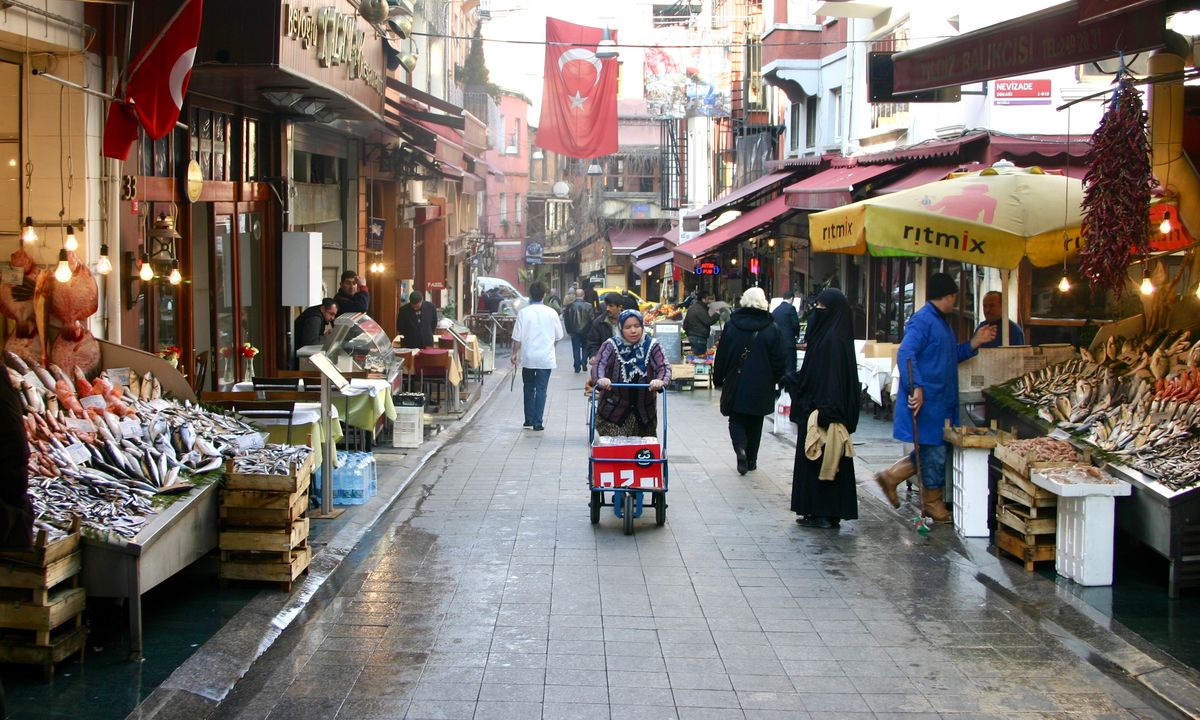
2) Who Owns the Intersection Defines the Social Life of Communities
The intersections we have today are overly wide, hostile, and focused on moving vehicles through, not on what happens on the corners that bookmark them. Because of this, the corners wither away and nothing of interest takes place there. If we can shift the attention from the cars moving through intersections to the people gathering at the corners, we can redefine and revitalize cities.
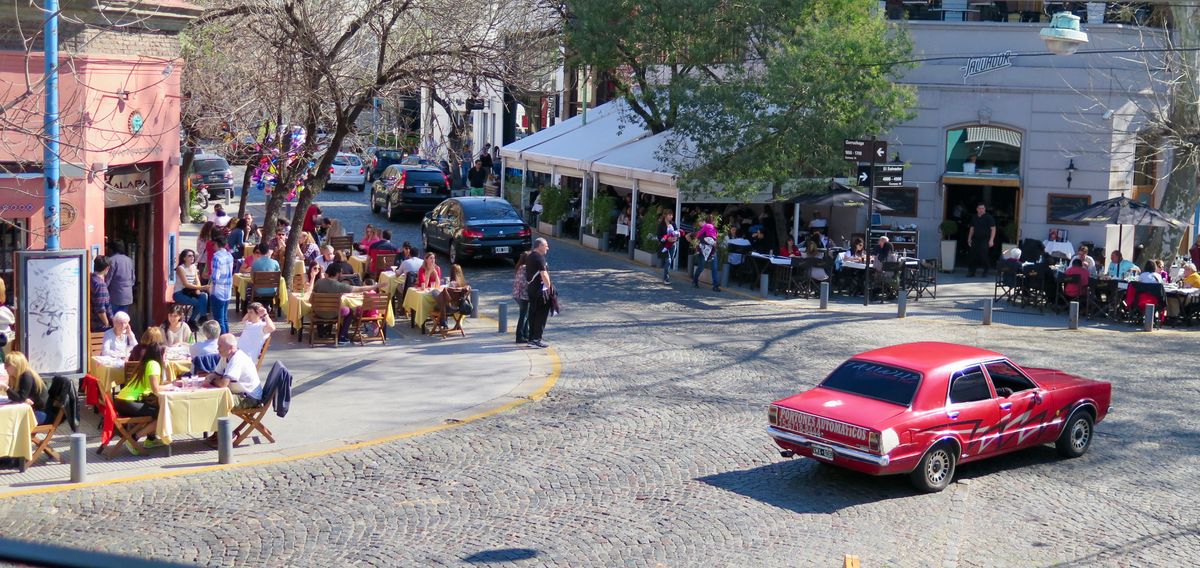
3) Corners That Connect People and Places: Eight Cities Where Street Corners Create Social Life
A collection of amazing corners from eight cities that demonstrate how an activated corner can completely transform the feeling of a block and intersection. Activating corners to optimize social and commercial life should be a key strategy to revitalizing cities.
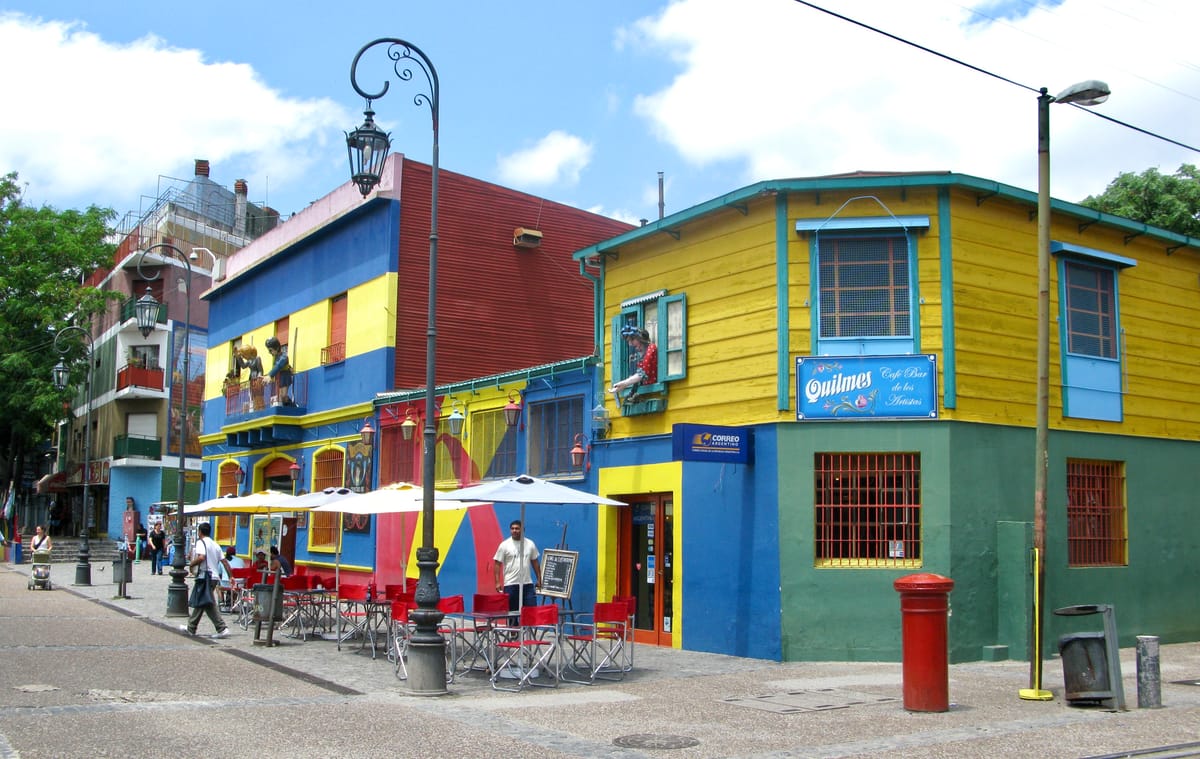
4) Killer Intersections vs. Shared Space: From Intersections that Divide to Those That Connect
Two corners in Delray Beach, Florida demonstrate the stark difference between a hostile intersection where no one wants to be, and an intersection that constitutes "shared space," where everyone feels welcome. The latter kind of intersection builds community, whereas the former destroys it.
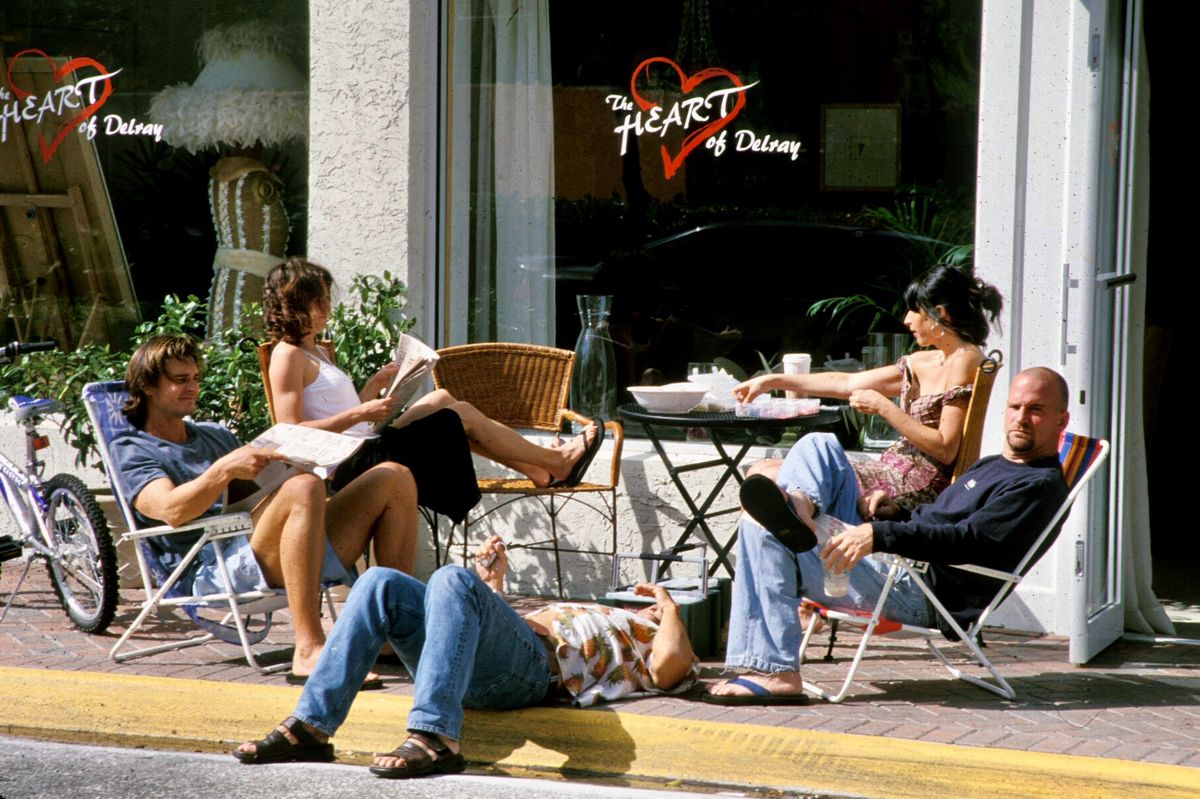
5) Streets as Places to Come Together: The Next Evolution for the Transportation Revolution
An in-depth overview of the transportation landscape and the role of streets in our communities over the past few decades. While there is still a long way to go to make our streets vibrant channels for social and community life, we have made great progress that should be recognized as we move forward.
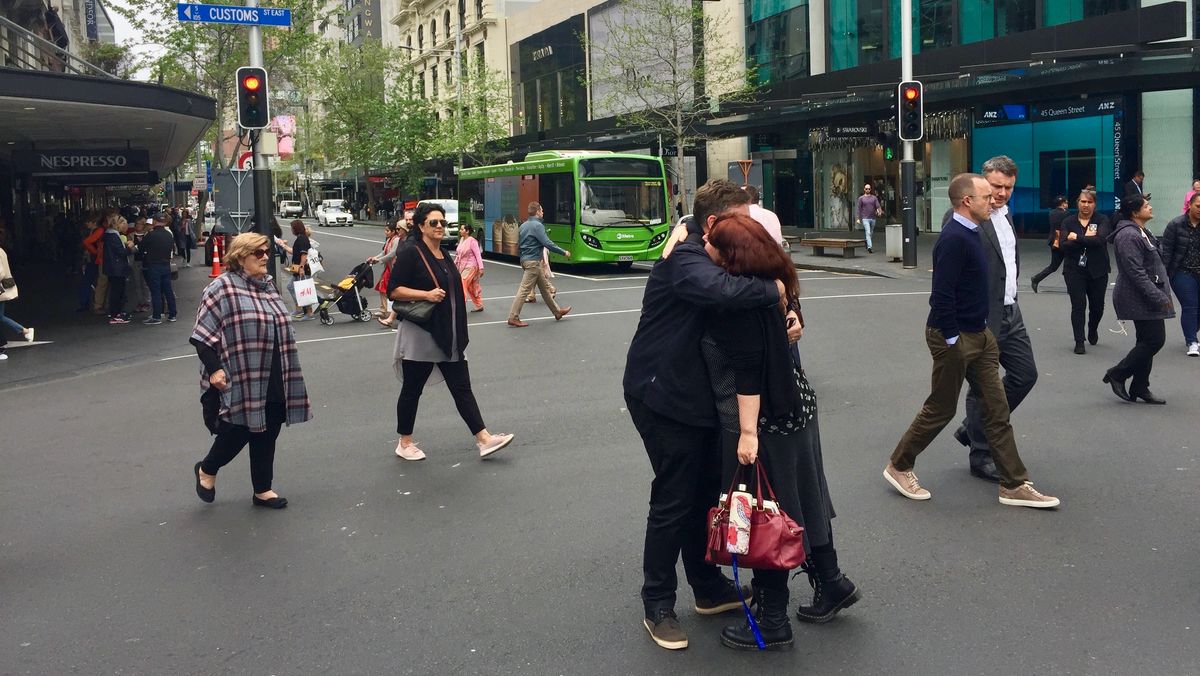
6) What if We Planned Streets to Maximize Life?
A close look at a key segment of a street in Amsterdam where social and community life thrives. This post breaks down what it is about this particular block that encourages strolling, connecting, and shopping so that it can be a model to follow for other streets.
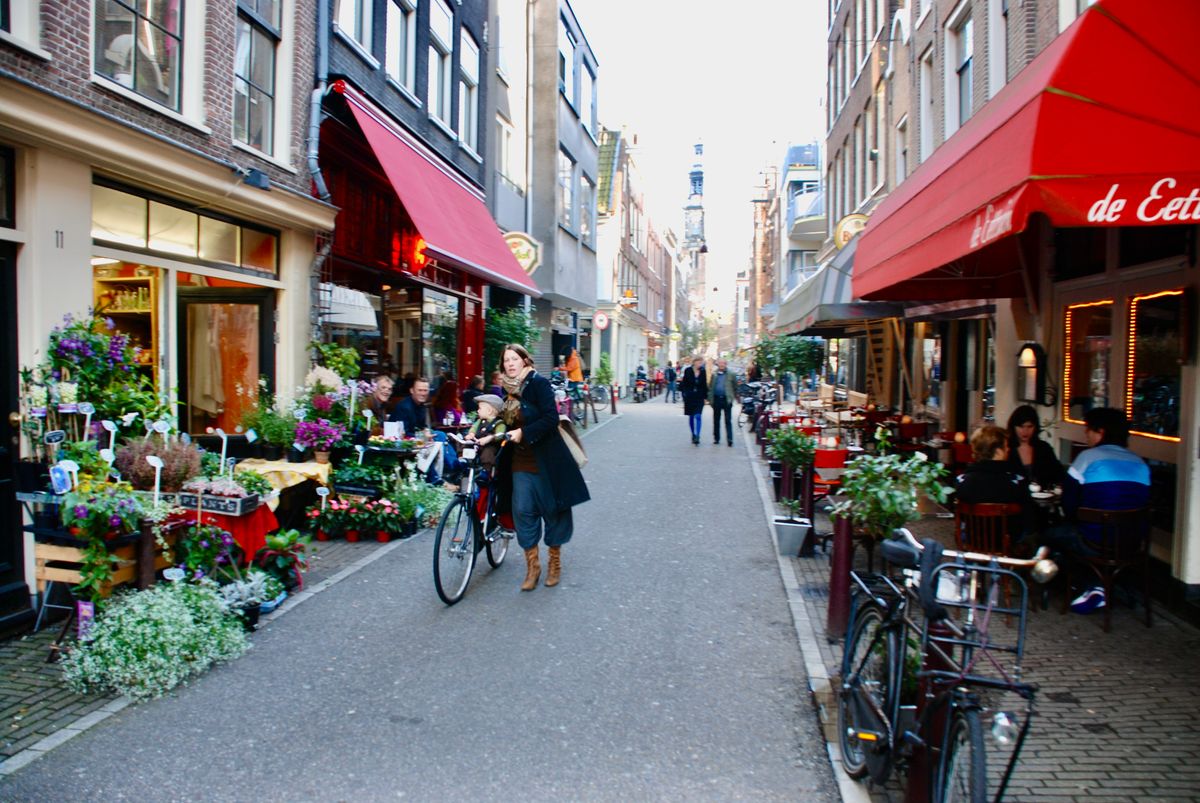
Topic 3) Great Examples to reflect on
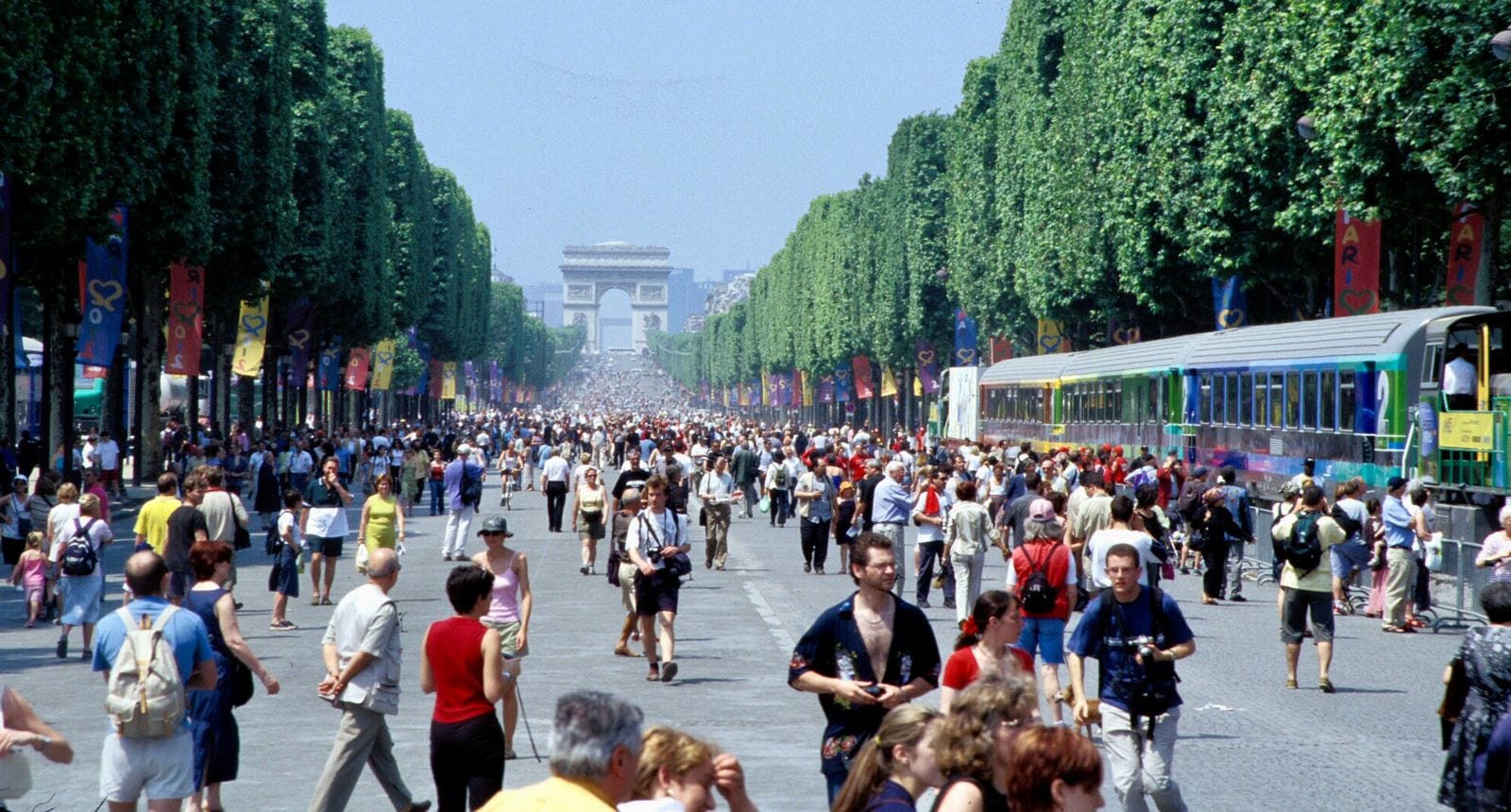
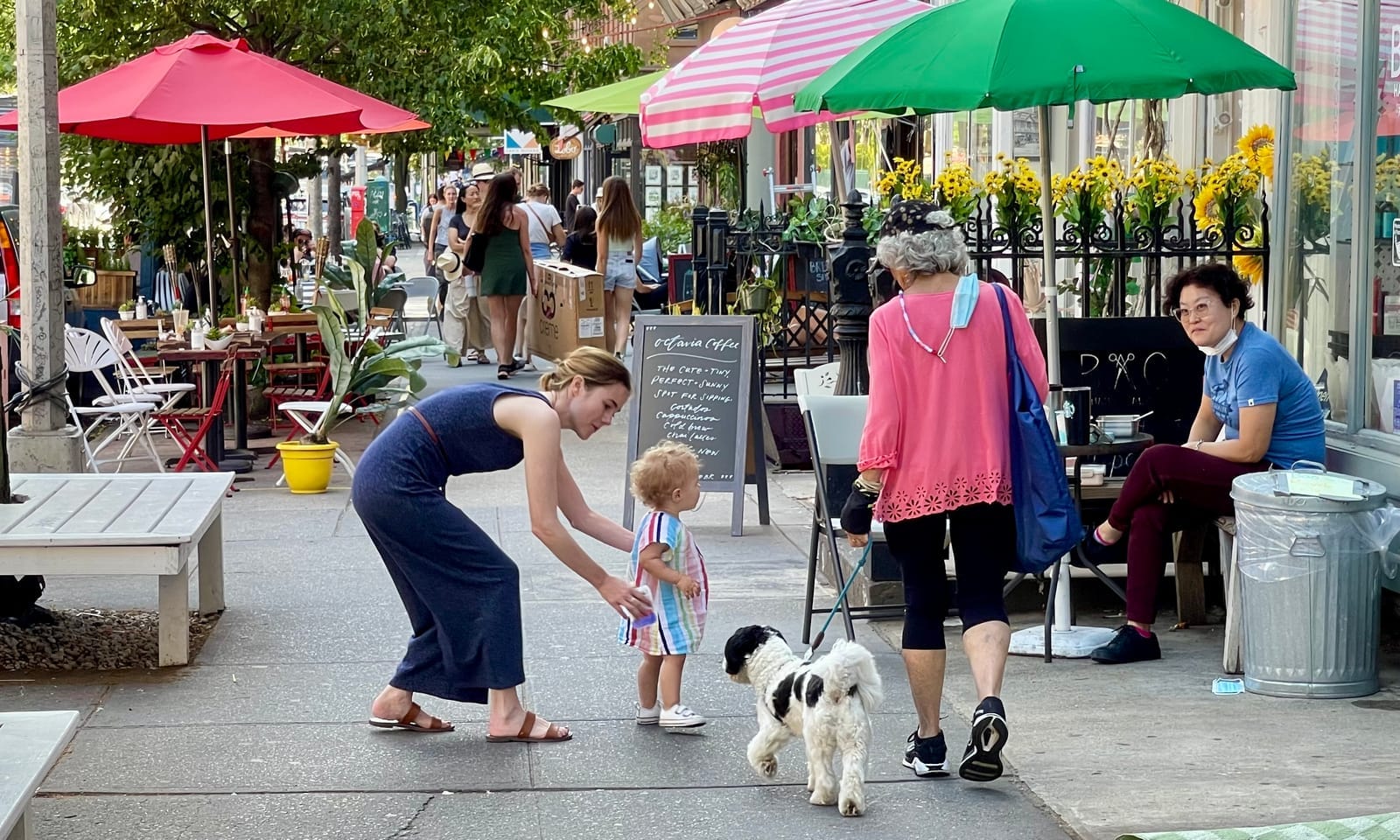
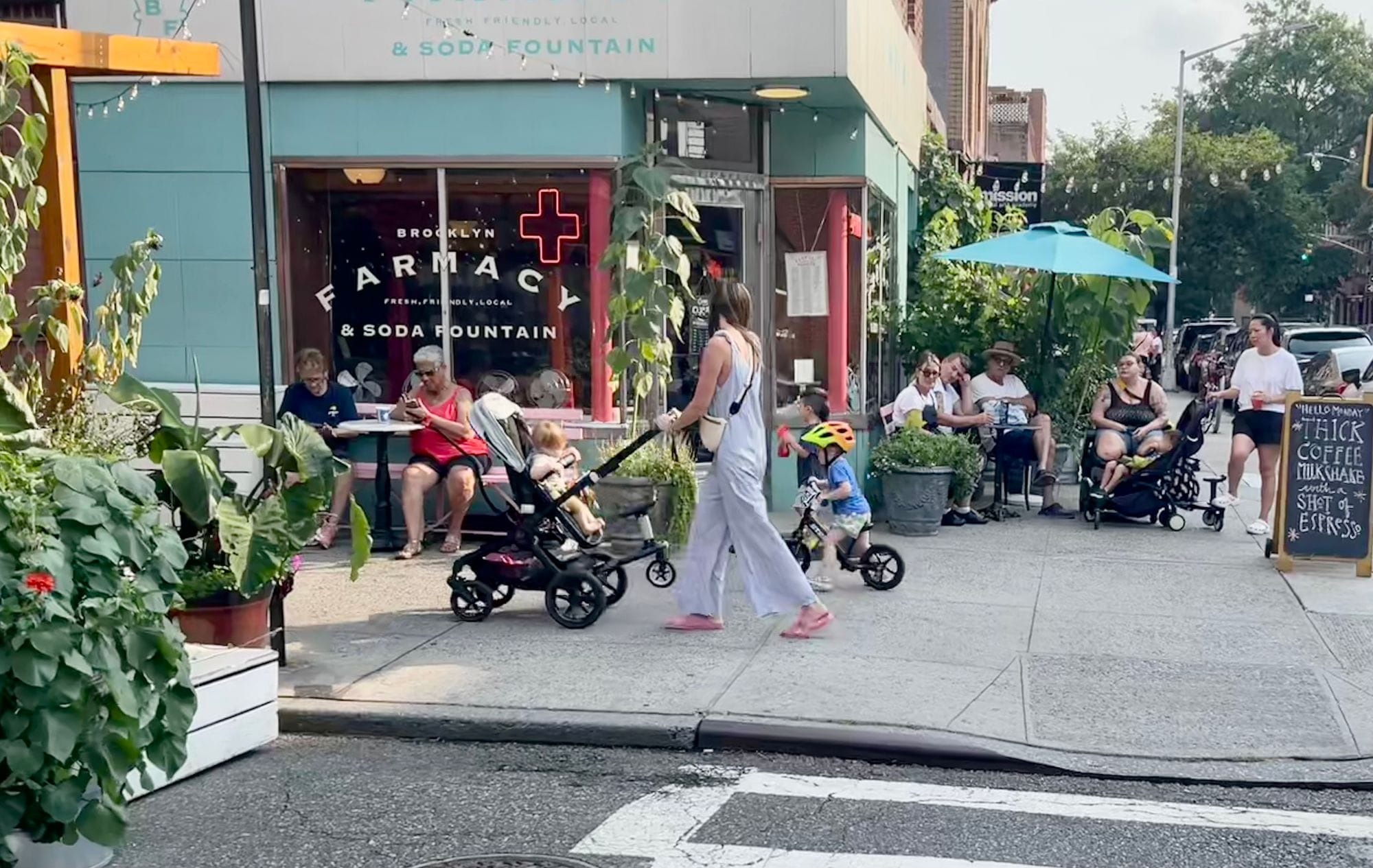
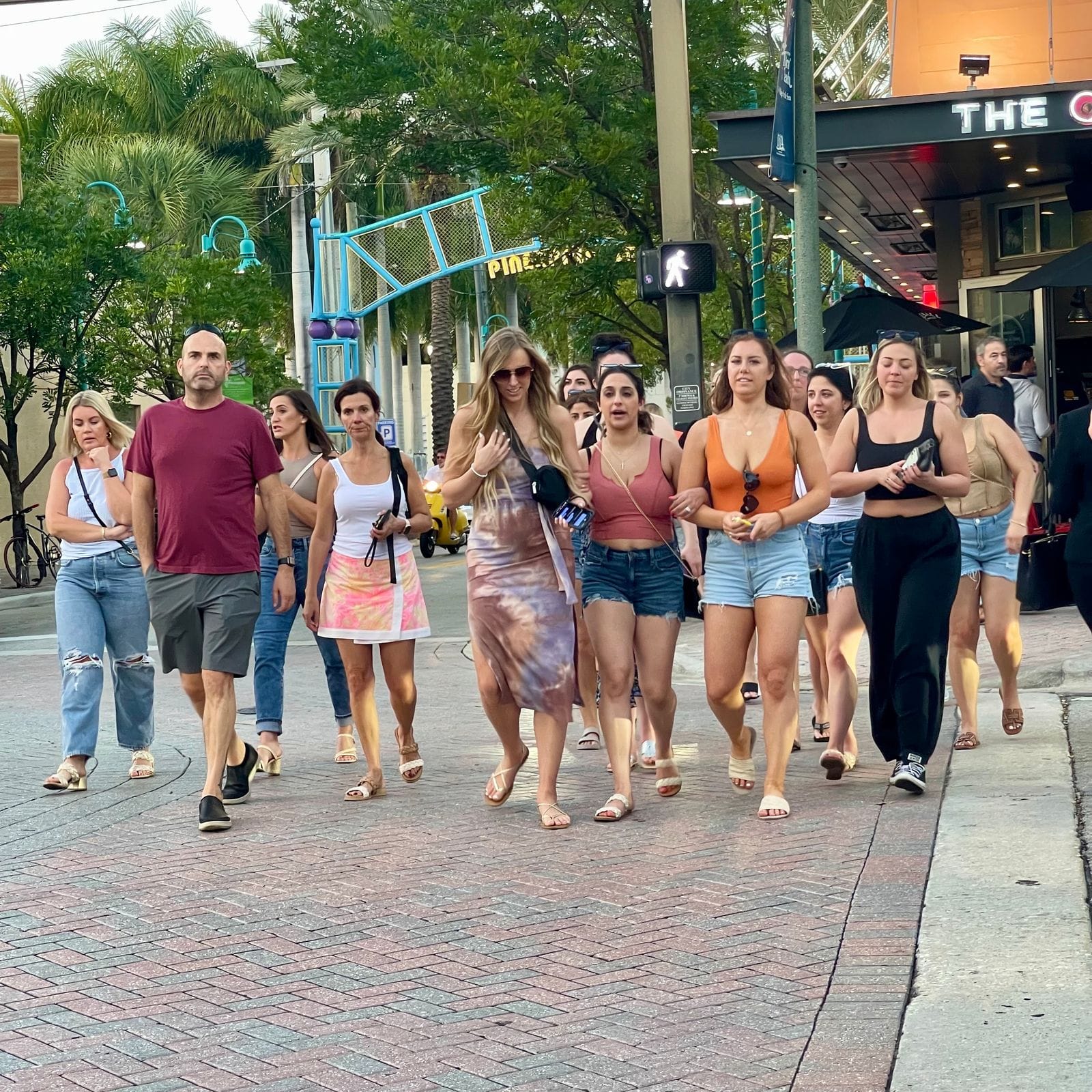
1) The Best Sidewalks in North America
A look at Saratoga Springs in New York, which has some of the best sidewalks in the United States. The sidewalks here are wide, shady, characterized by inside-out design, and full of amenities like benches and kiosks. They are enjoyable and welcoming, and an example to follow for other cities.
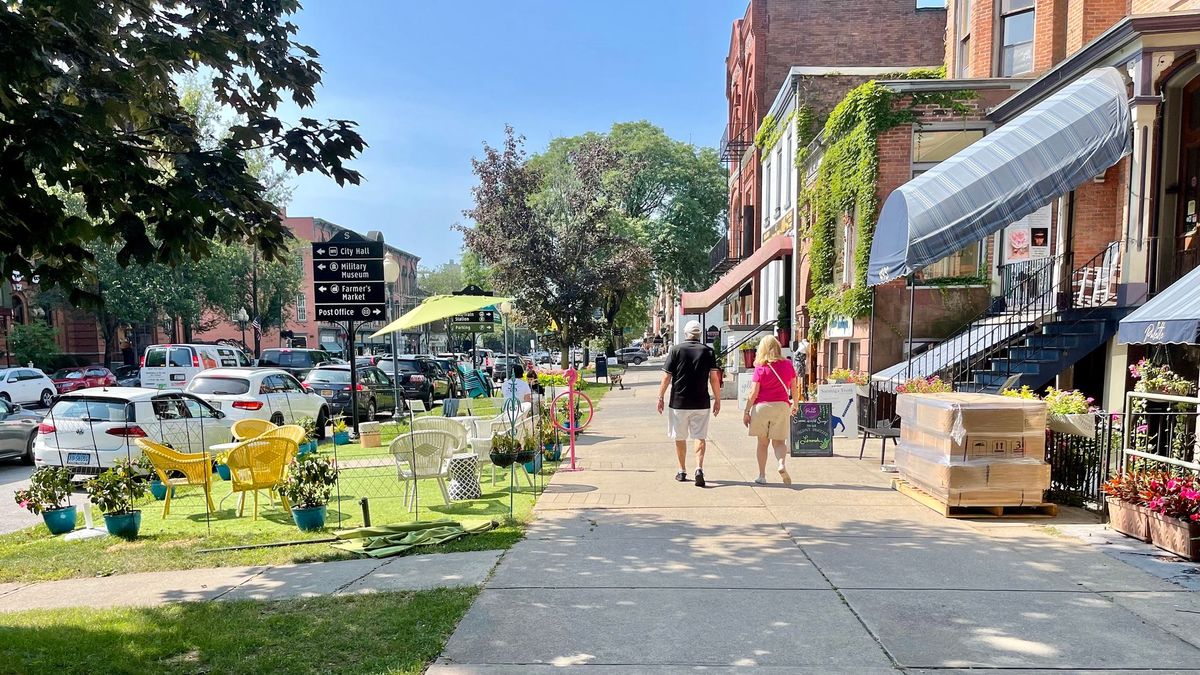
2) What Downtowns Can Learn From New Haven
New Haven was suffering from overly wide streets and intersections in one of its key areas, which was negatively impacting businesses and pedestrian activity in the area. To address this problem, they expanded their sidewalks with paint and bollards – a simple solution that every city can and should replicate.
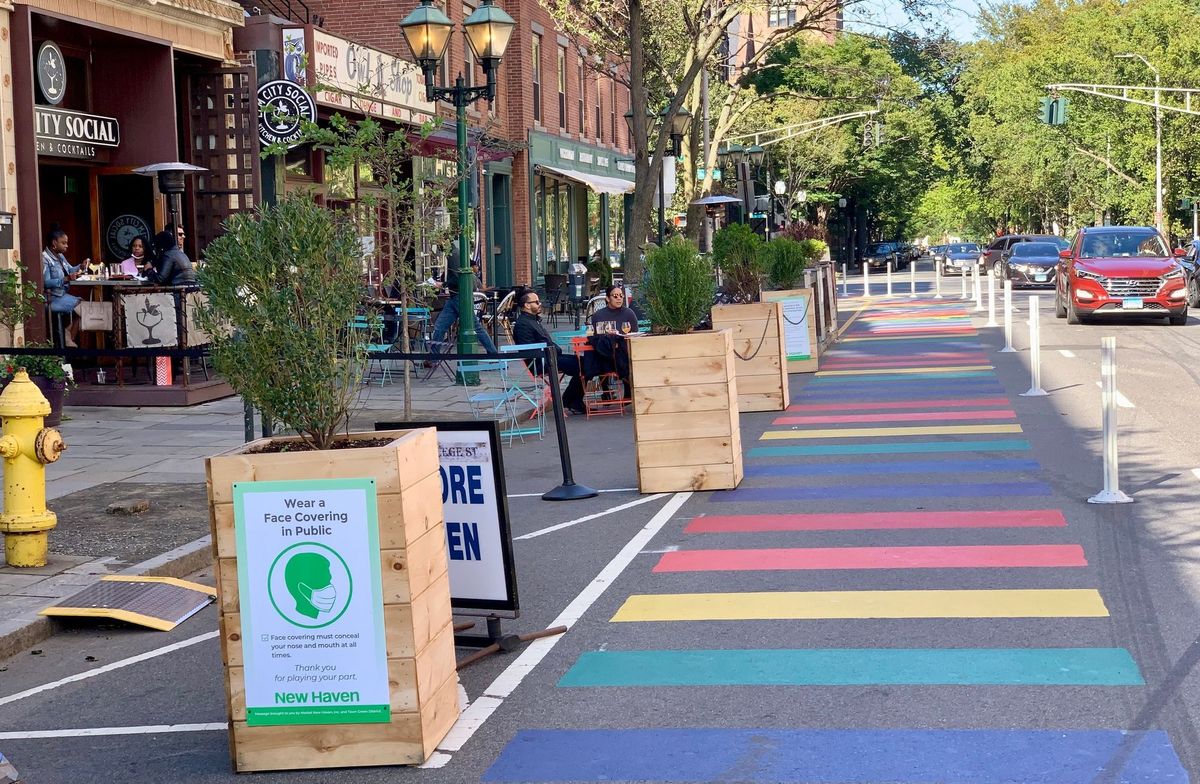
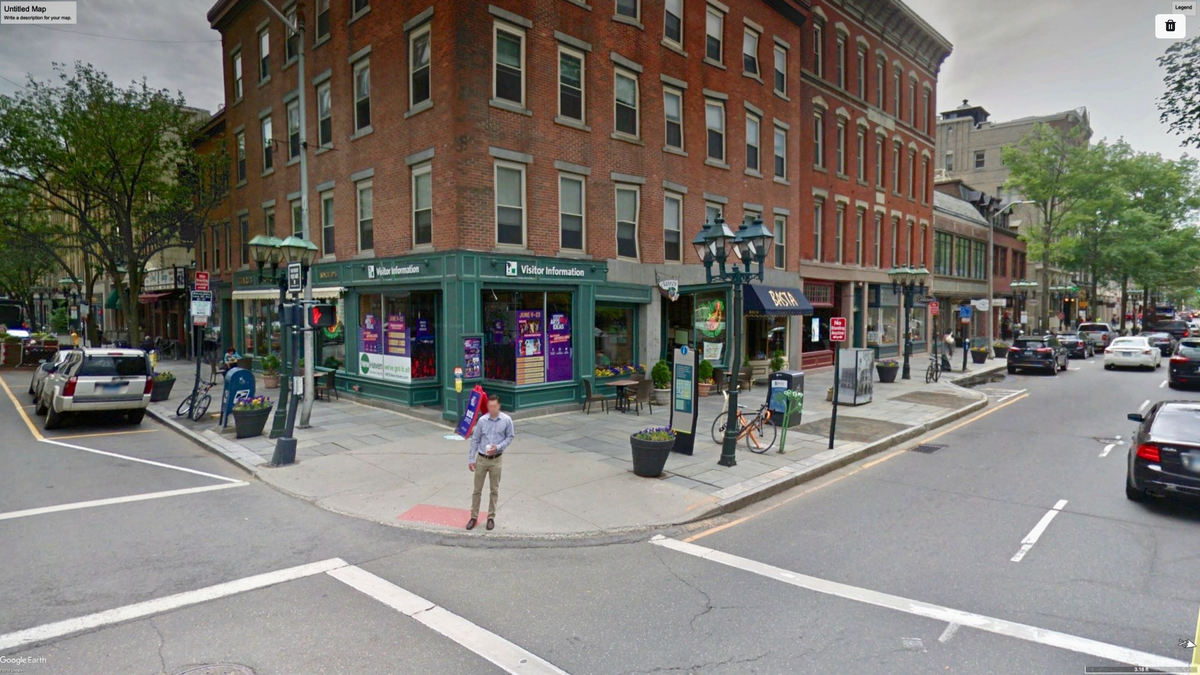
3) Two Buildings That Build Life: Fostering Sidewalk Social Life in Brooklyn and Paris
Two case studies that show how harnessing the power of inside-out design can work wonders on the vibrancy and activity of a city. The best sidewalks are those that are "double-loaded," meaning that activities and amenities are placed on both sides of the pedestrian walkway, creating a space that feels comfortably enclosed, safe, interesting, and vibrant.
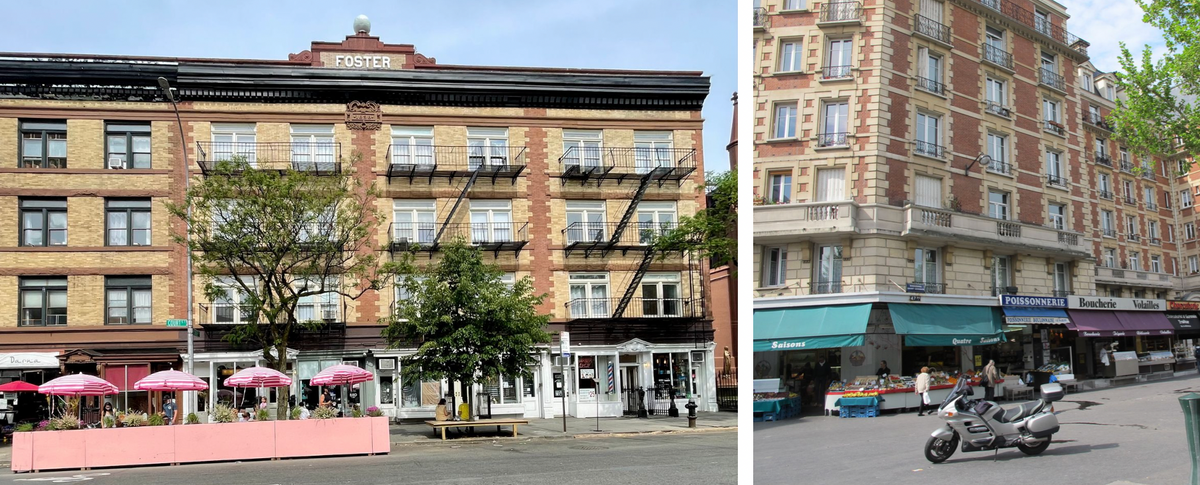
Topic 4) Key Sidewalk Amenities
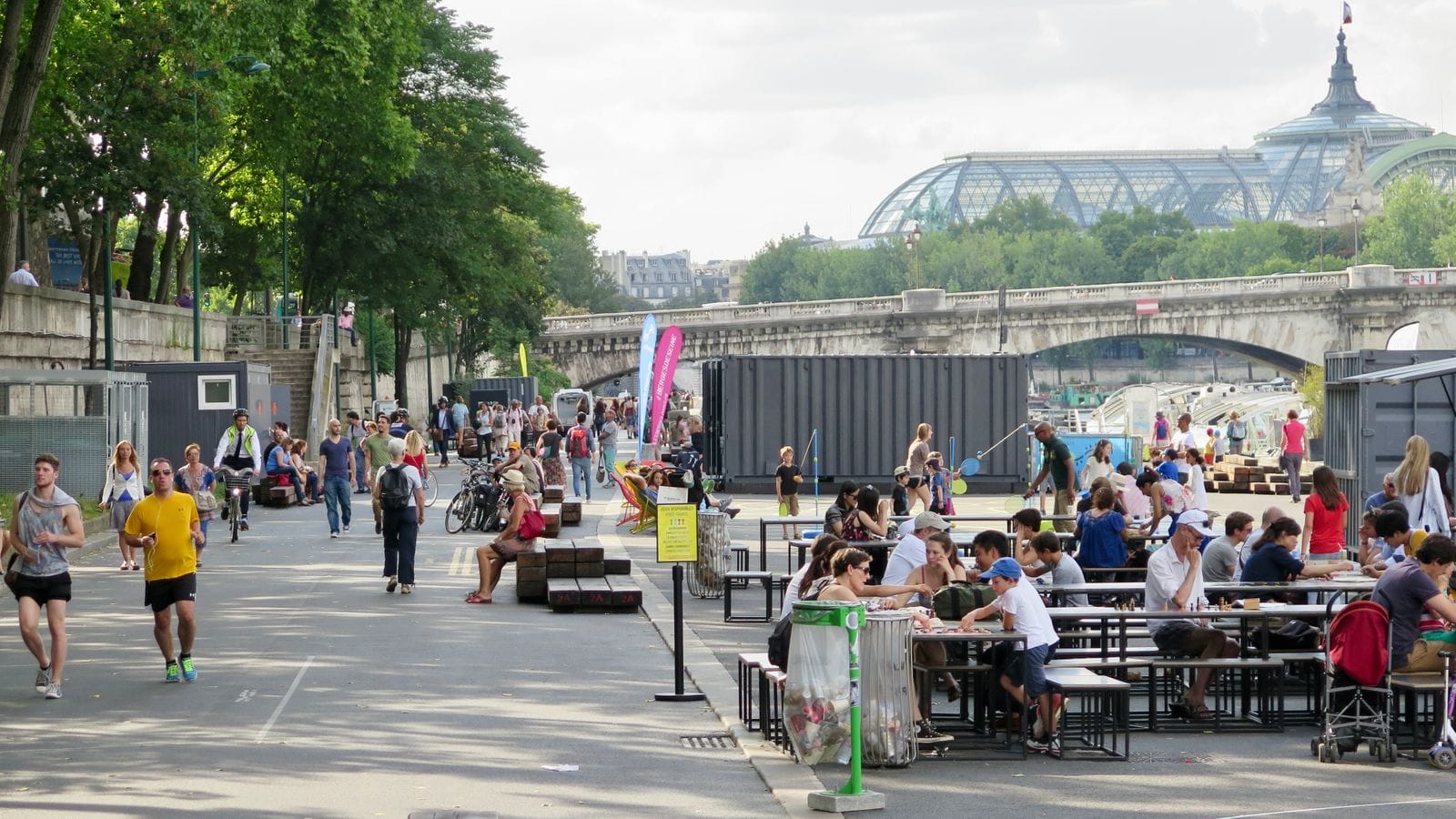
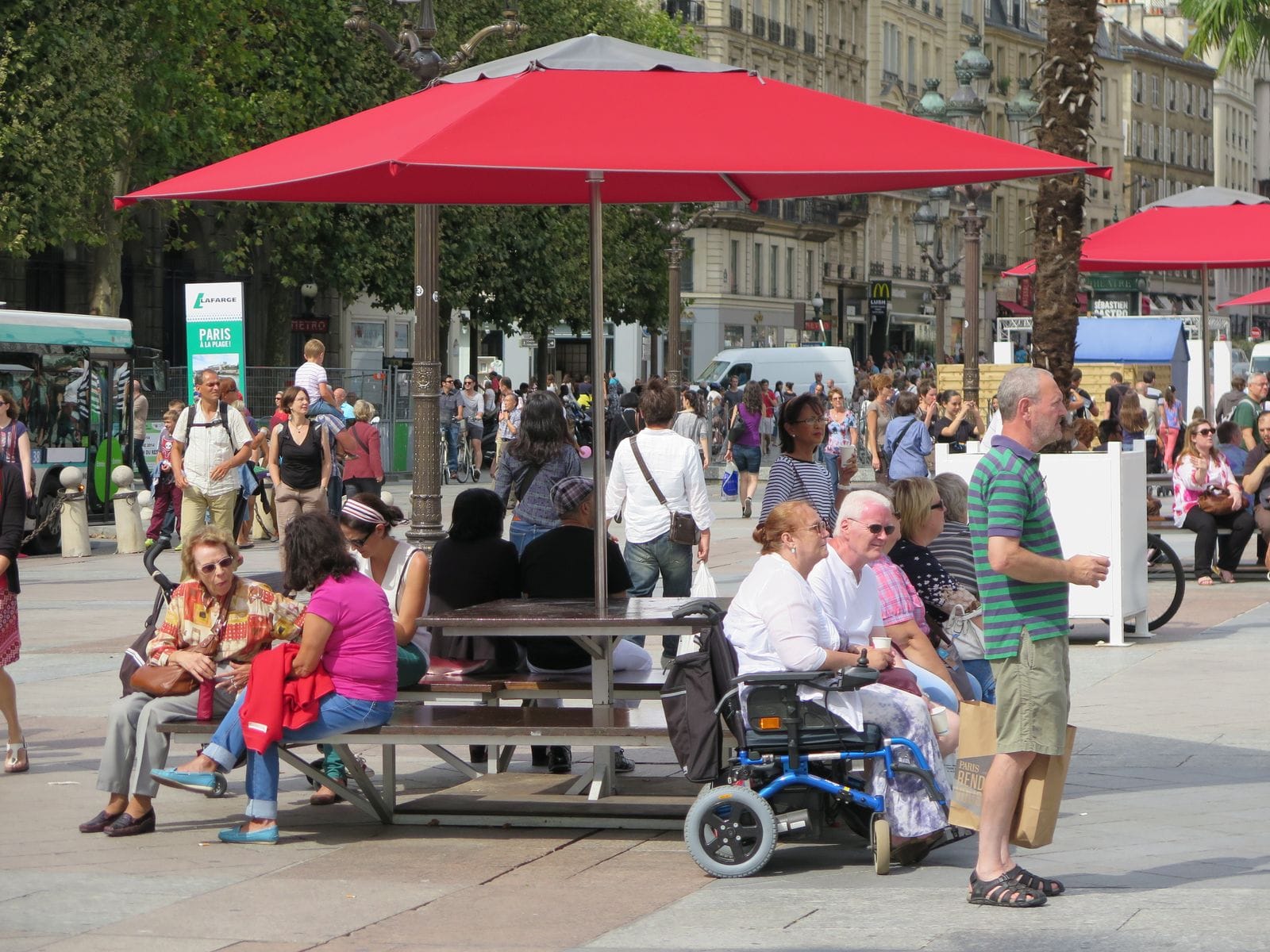
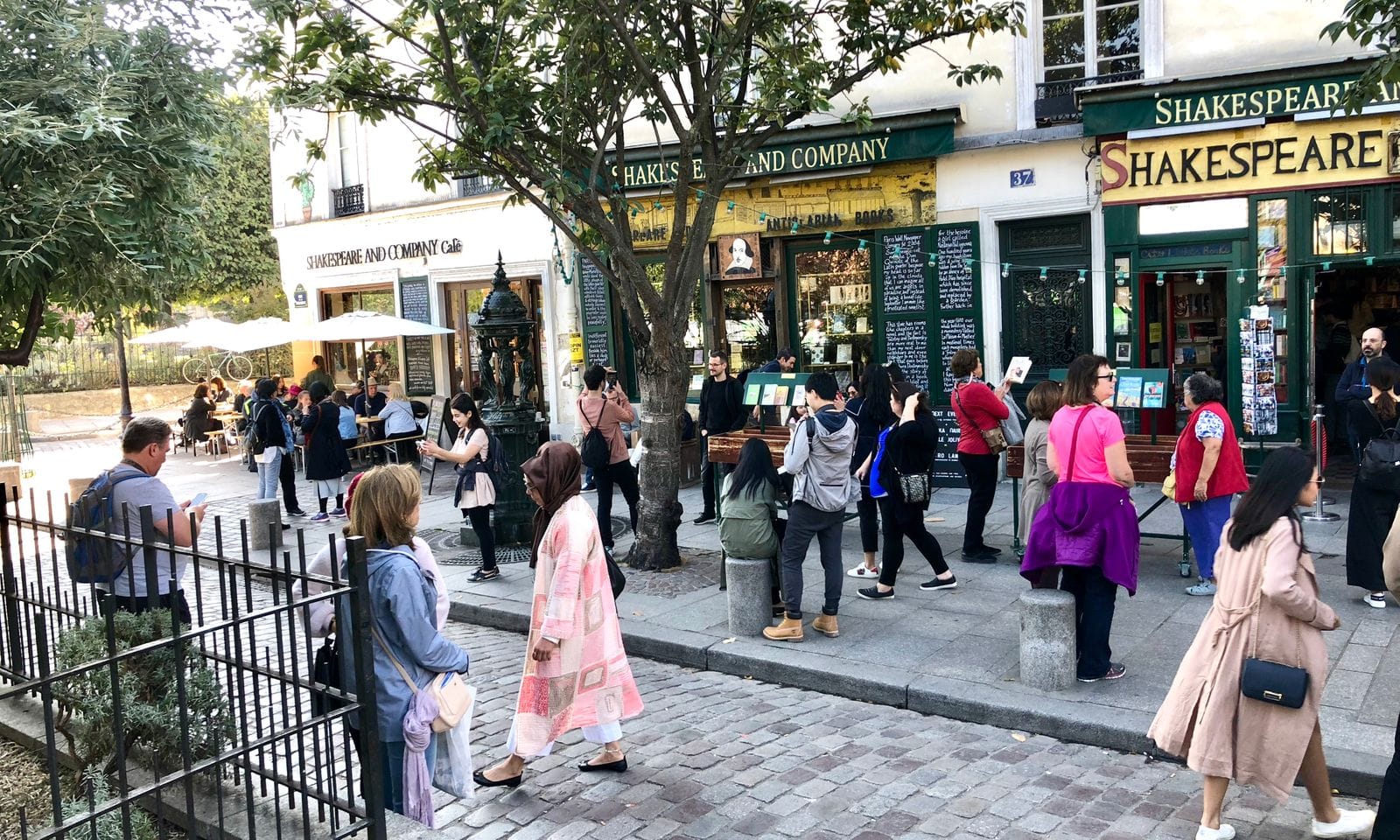
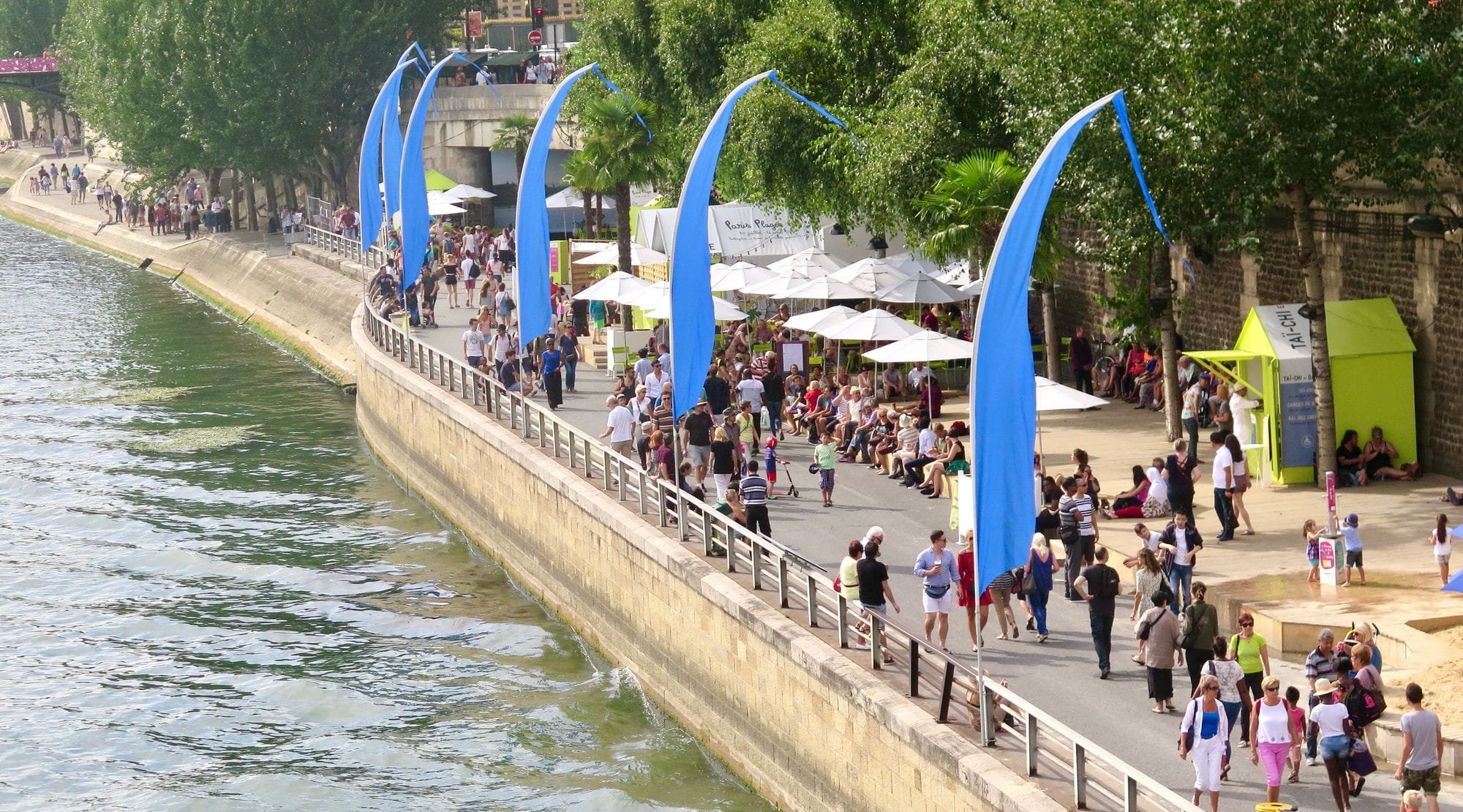
1) Shade
To make the sidewalks welcoming and pleasant, it is imperative that there be plentiful shade. Nobody likes to spend time outdoors with the hot sun beating down on them. Adding street trees, awnings, and other creative shade structures to sidewalks makes them inviting public spaces rather than hostile passages.
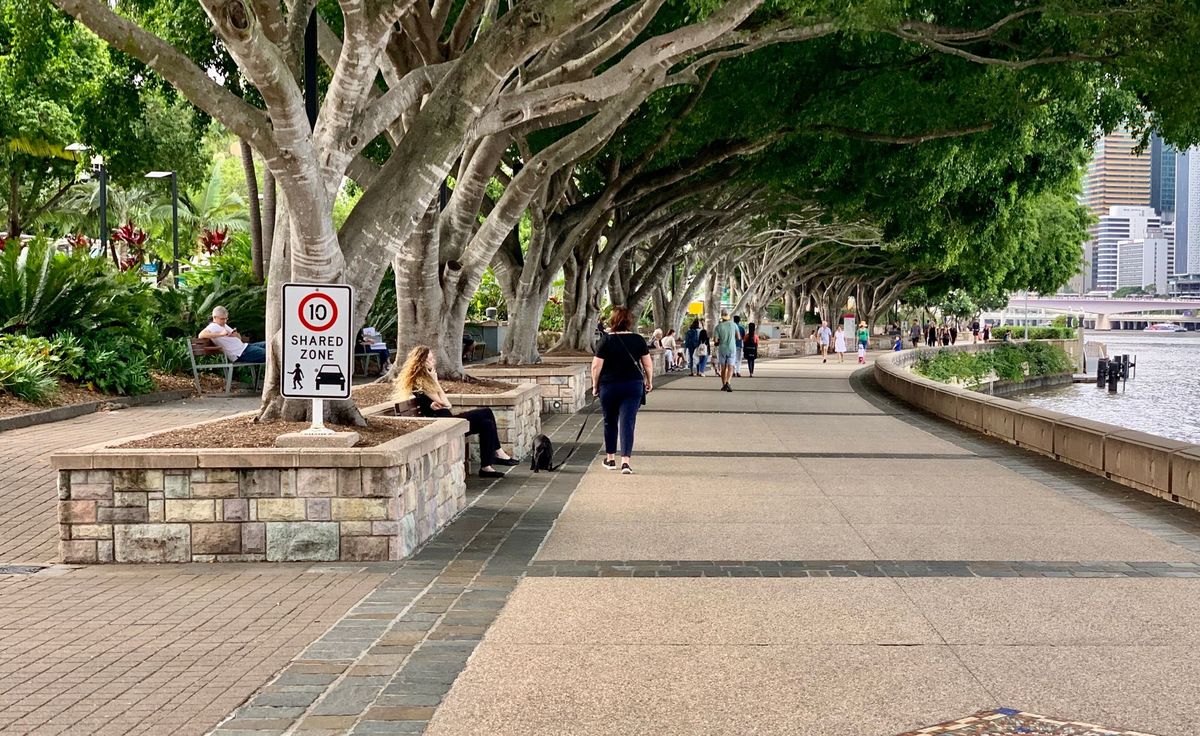
2) Seating
Seating is essential for places where people are expected to be because everyone likes to or needs to sit down every once in a while. A seat is one of the most important and popular amenities in public places that has the power to transform them from underutilized to vibrant. Adding seating like benches to sidewalks turns them into places for people.
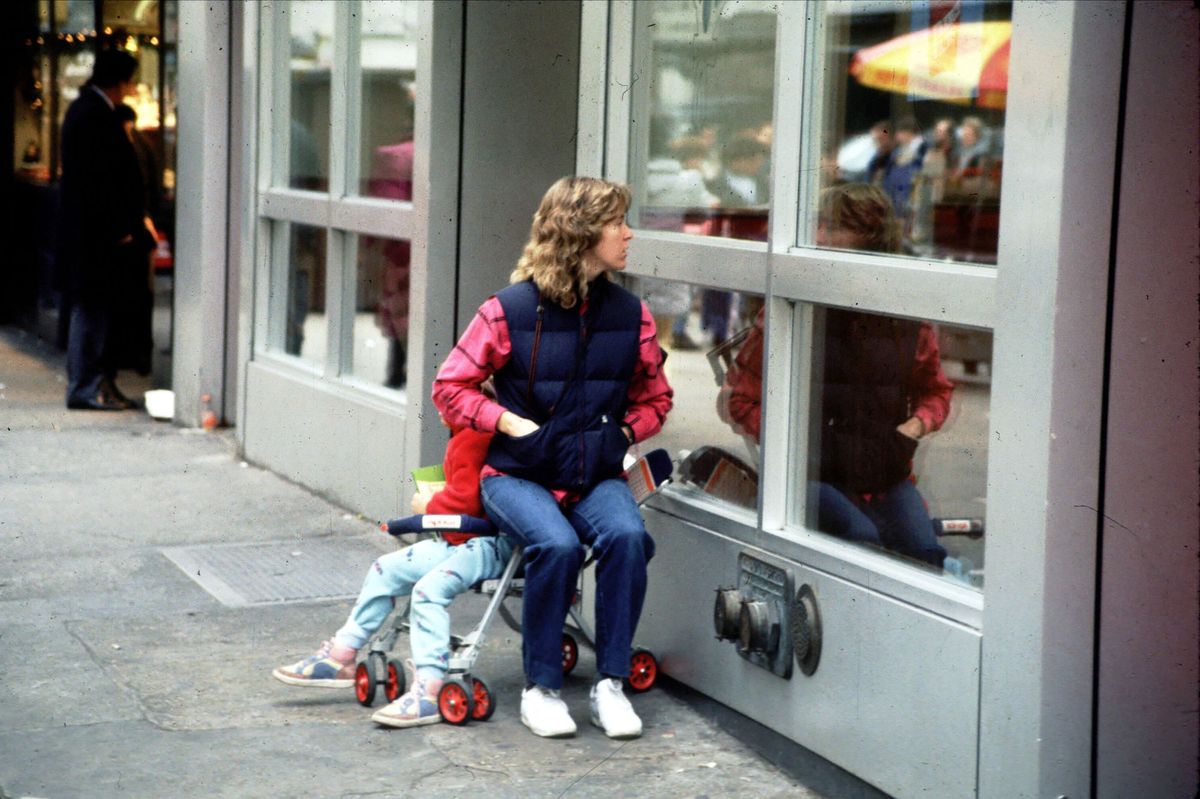
3) Bollards
Bollards are very important amenities because they indicate the separation between car space and people space and even have the power to completely close streets to traffic. They create visual details that better define a space. They also offer anchors that support connection and conversation by providing places to sit, gather round, or lean on.
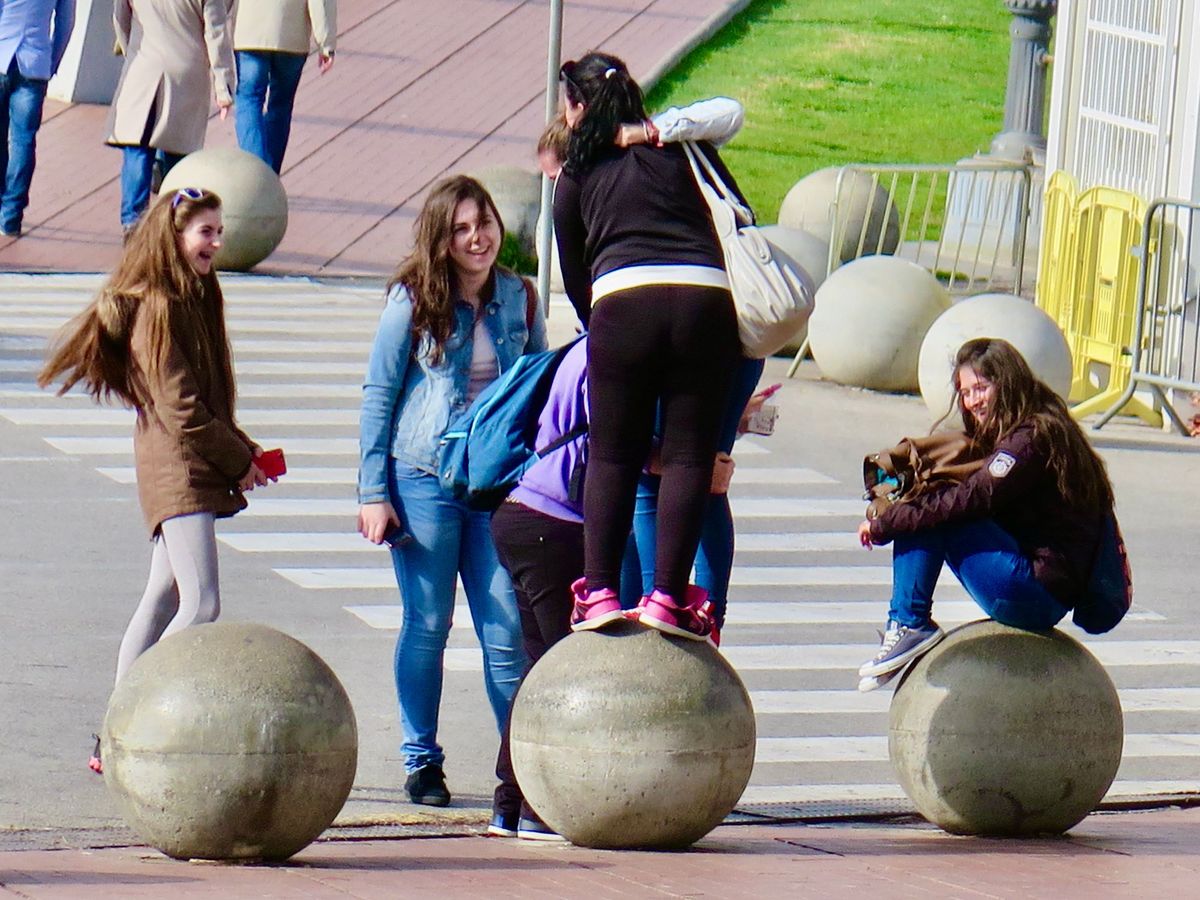
4) Refreshments...Ice Cream
People love to enjoy snacks or drinks in the outdoors. Businesses that offer refreshments are some of the most popular and commonly visited. They are magnets for social life as everyone lines up to get their hands on an ice cream, fresh bagels, or hot coffee. Therefore, adding refreshements to sidewalks is a very effective way to attract people to spend time there.
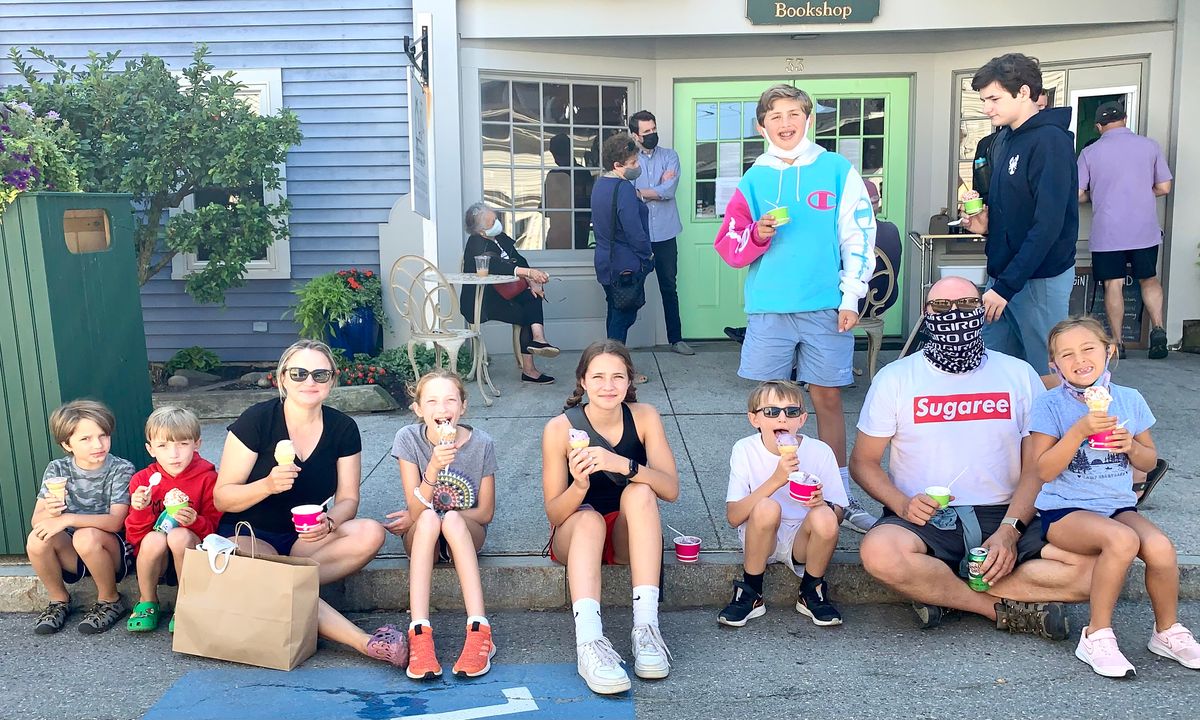
Topic 5) Improving Sidewalks to Revitalize Main Streets and Central Business Districts
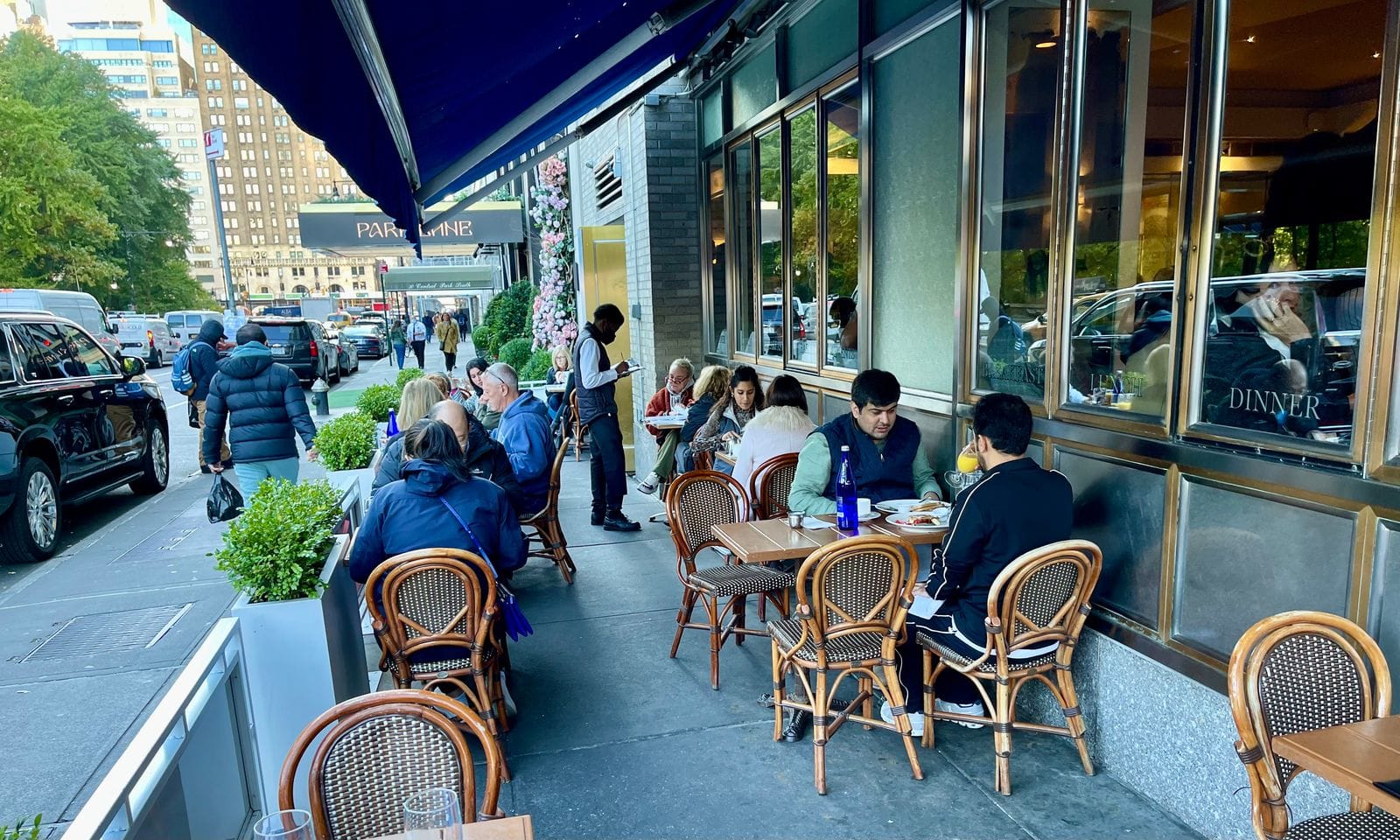
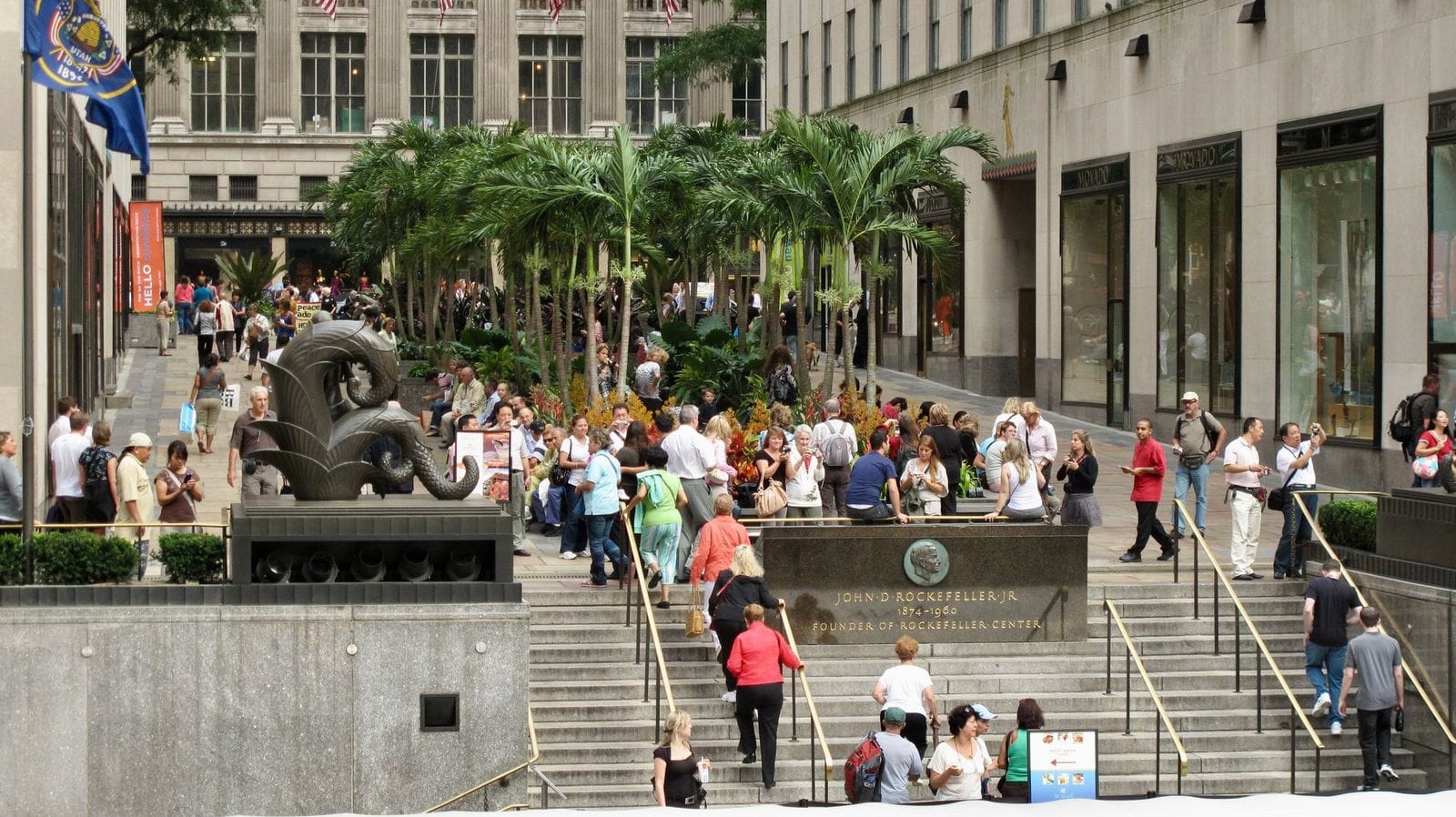
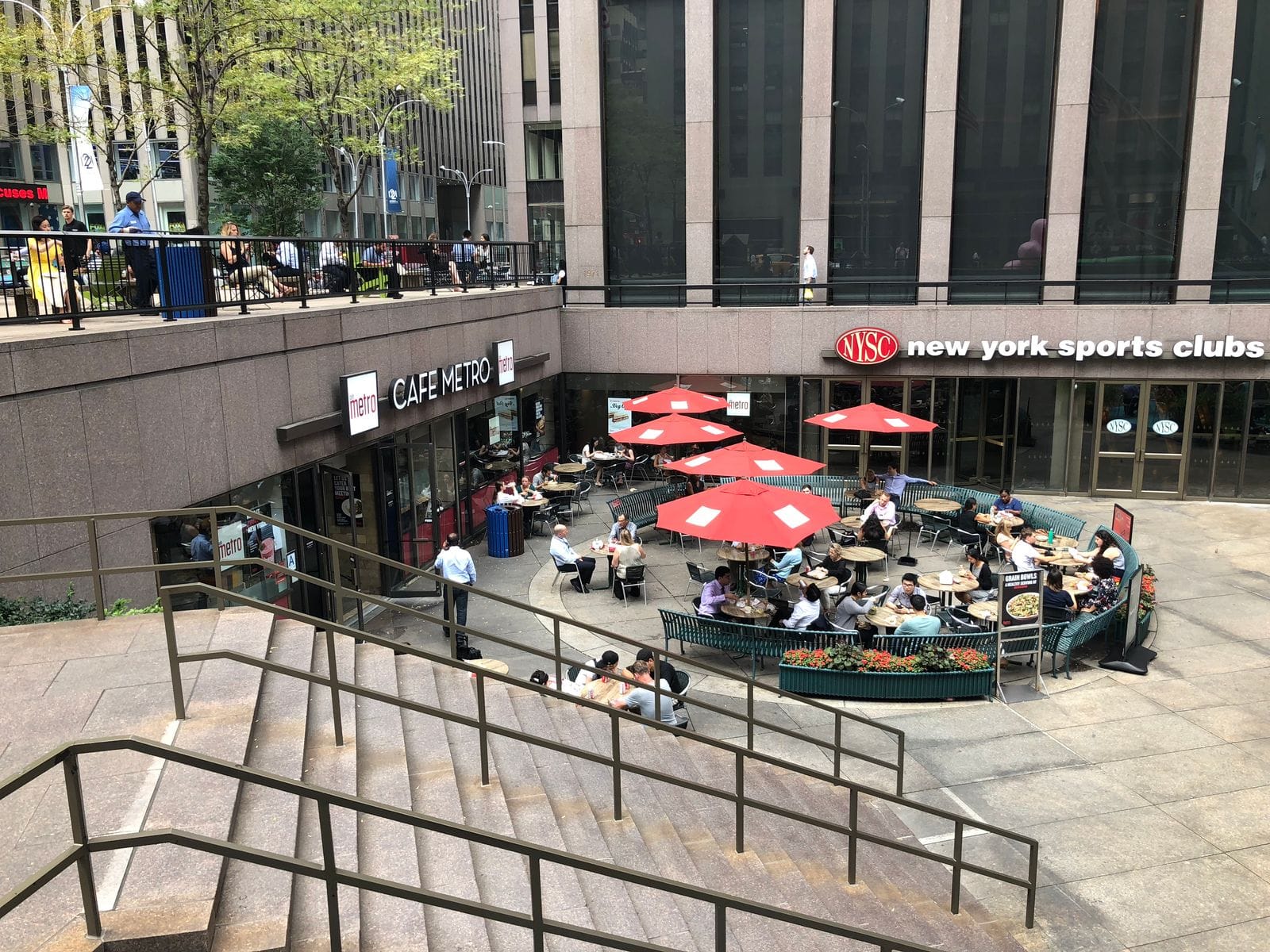
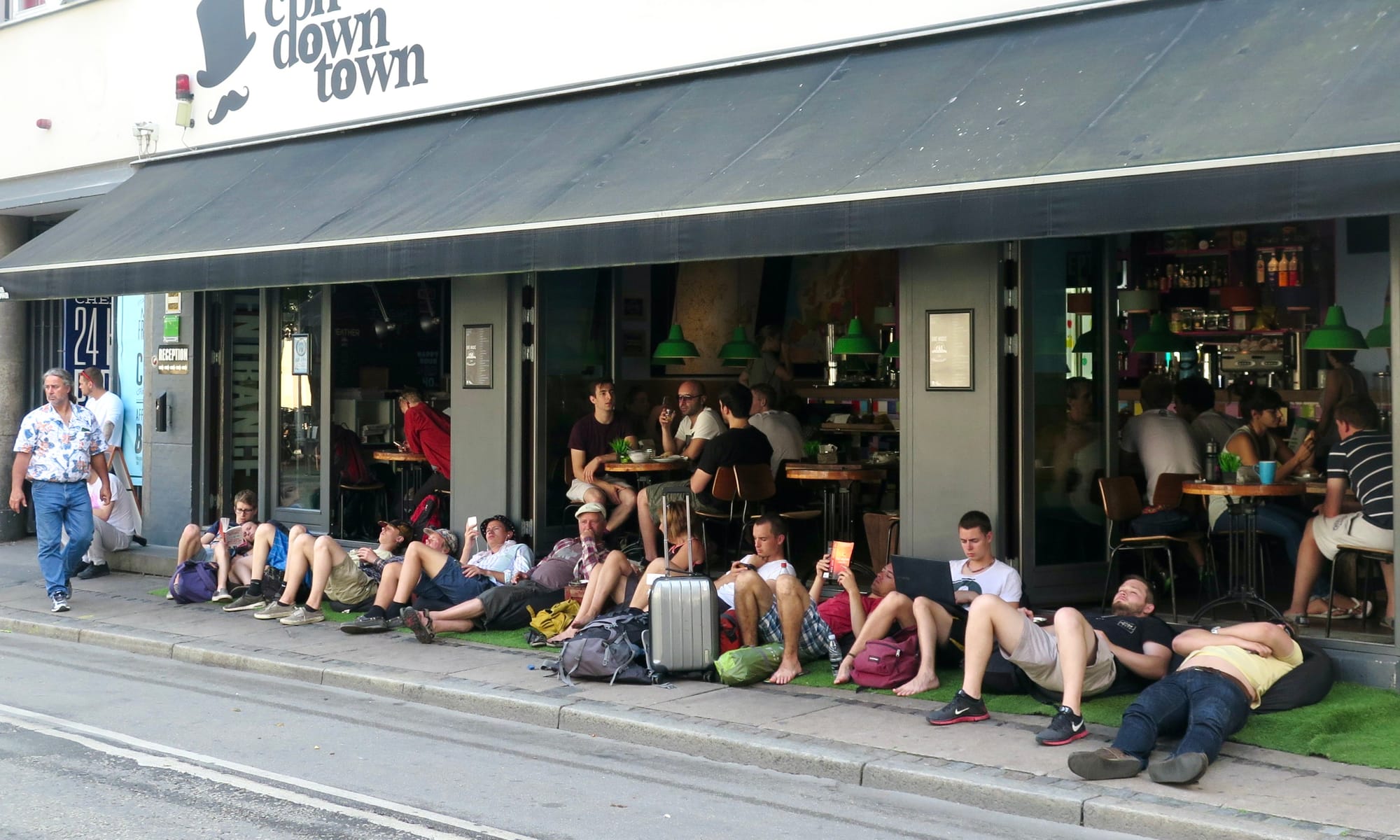
1) Midtown Manhattan Campaign
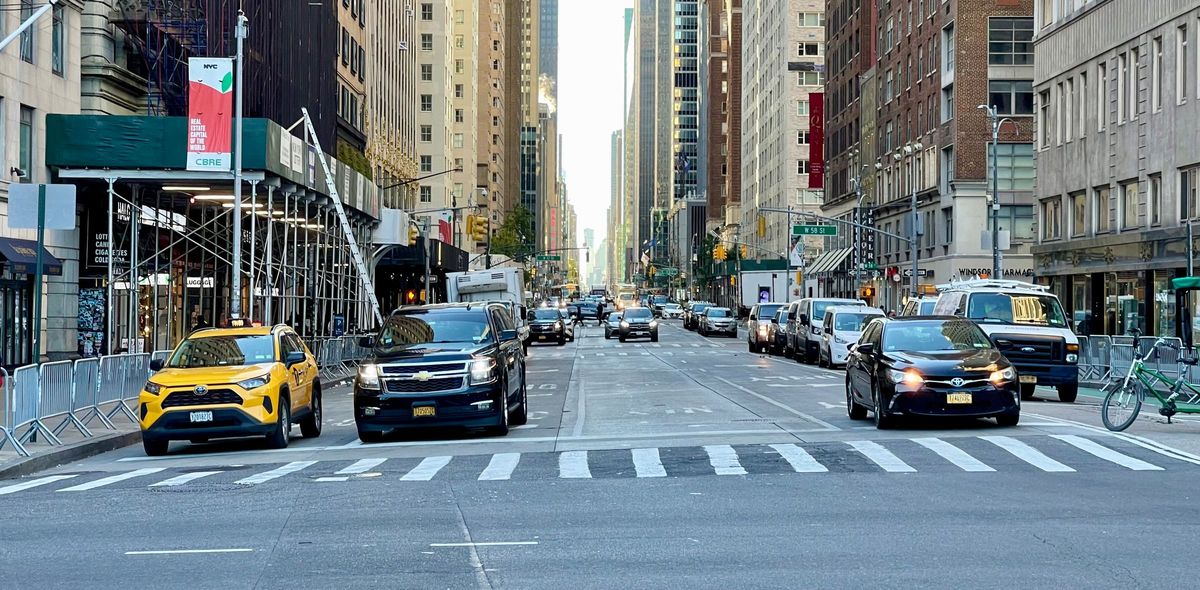
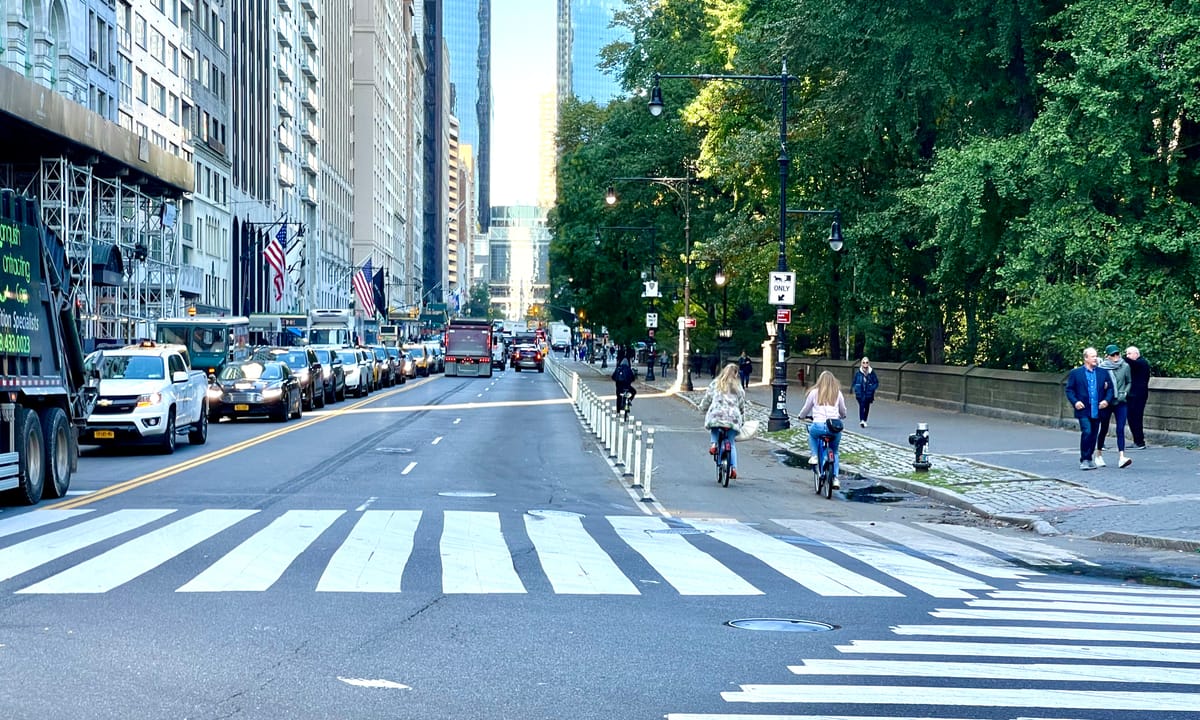
2) Delray Beach's Atlantic Avenue: How to Revitalize a Main Street
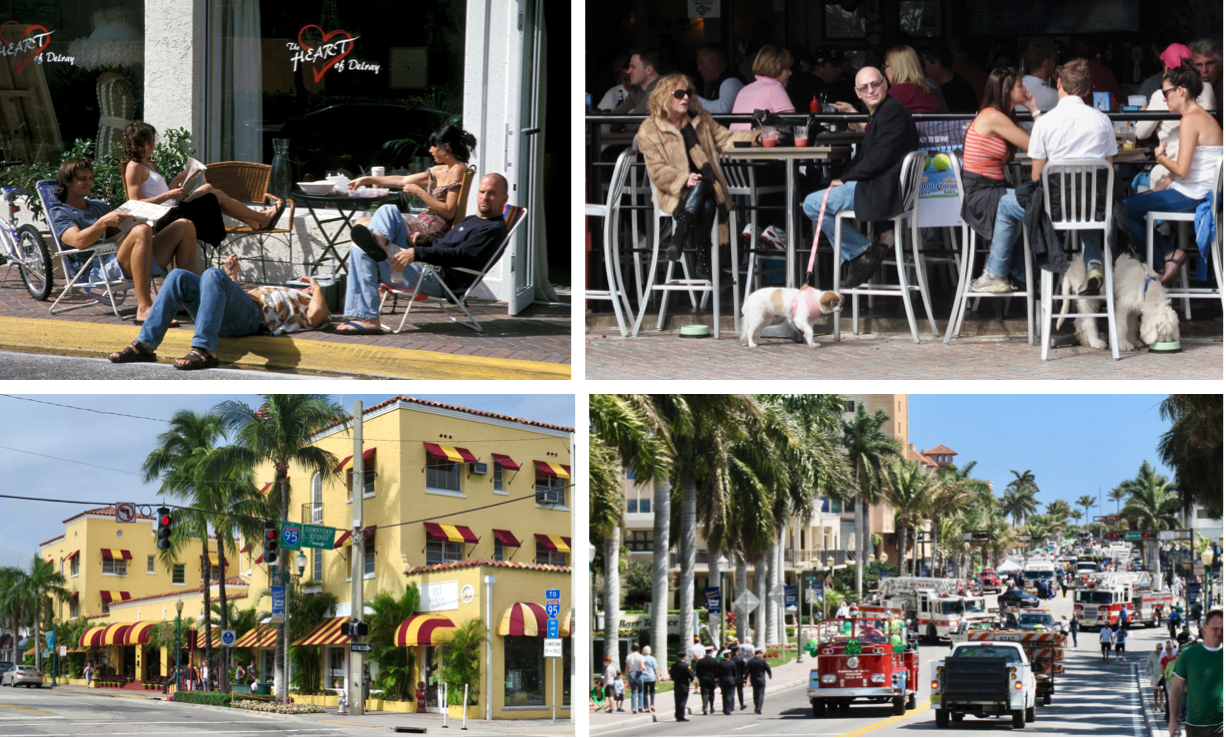
3) Paris: What a City Made For Social Life Looks Like
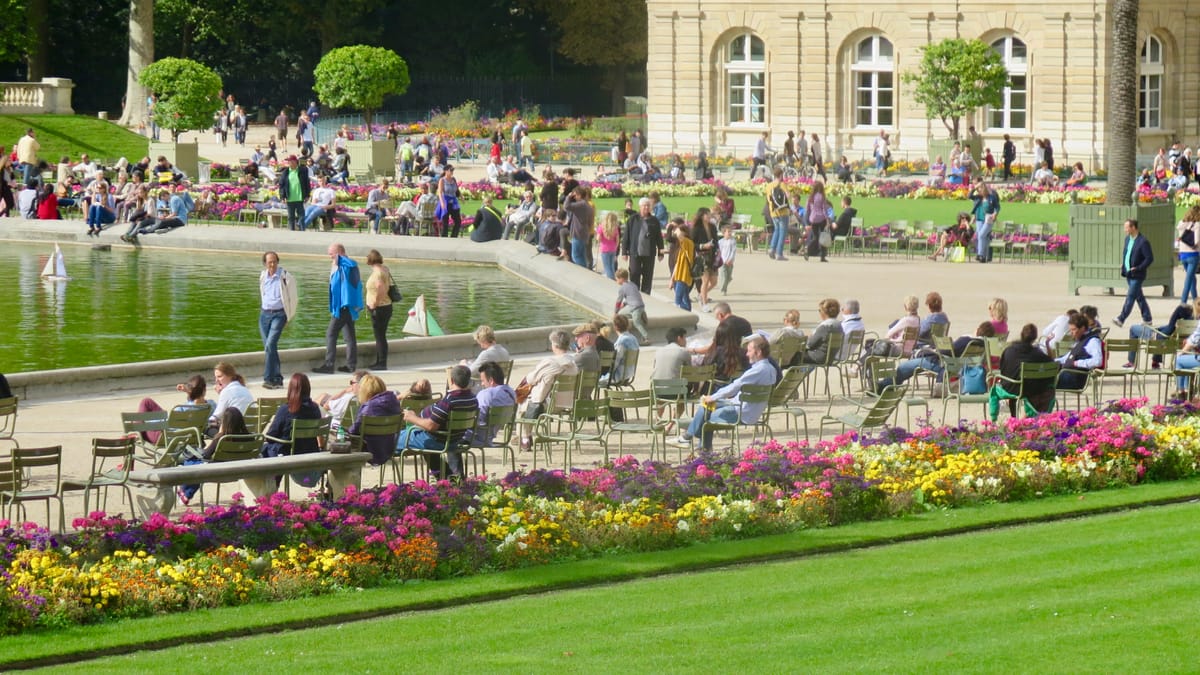
4) Seven Catalytic Placemaking Strategies: A Discussion about the Future of Vermont Downtowns
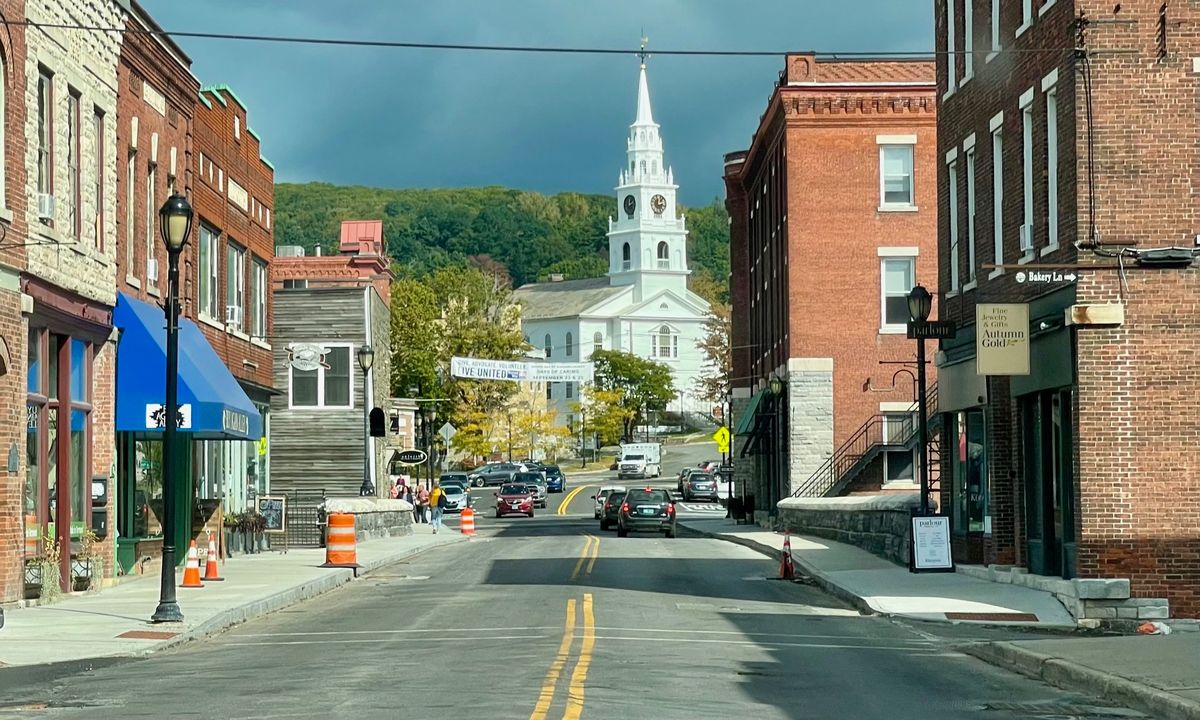
Cities where wide sidewalks and pedestrian streets can be found on all streets are considered among the most popular and beloved cities in the world. Despite that, the norm in the United States and in many other countries is to minimize sidewalk life in favor of widening the streets and prioritizing traffic flow over pedestrian activity. This leads to wide, multi-lane streets with narrow sidewalks lining large blocks of often generic buildings that don't interact at all with sidewalk life. As a result, pedestrians, shoppers, and businesses are deprioritized and disconnected from each other while cars take center stage.
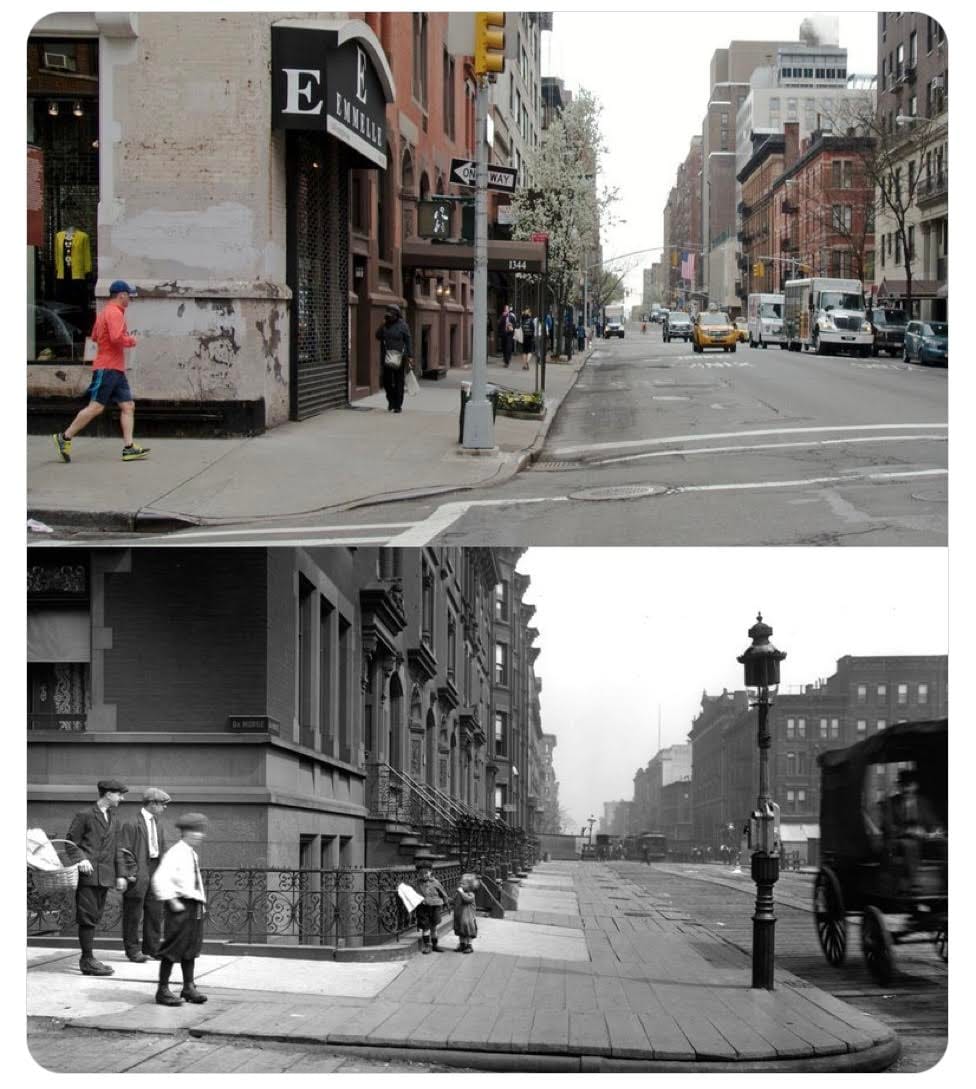
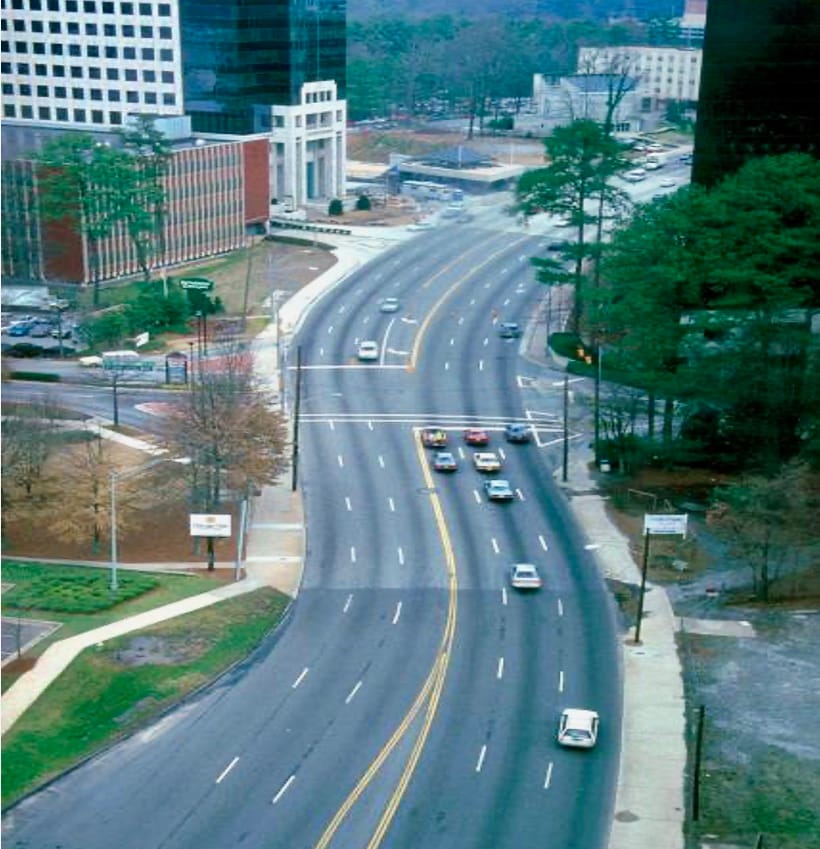
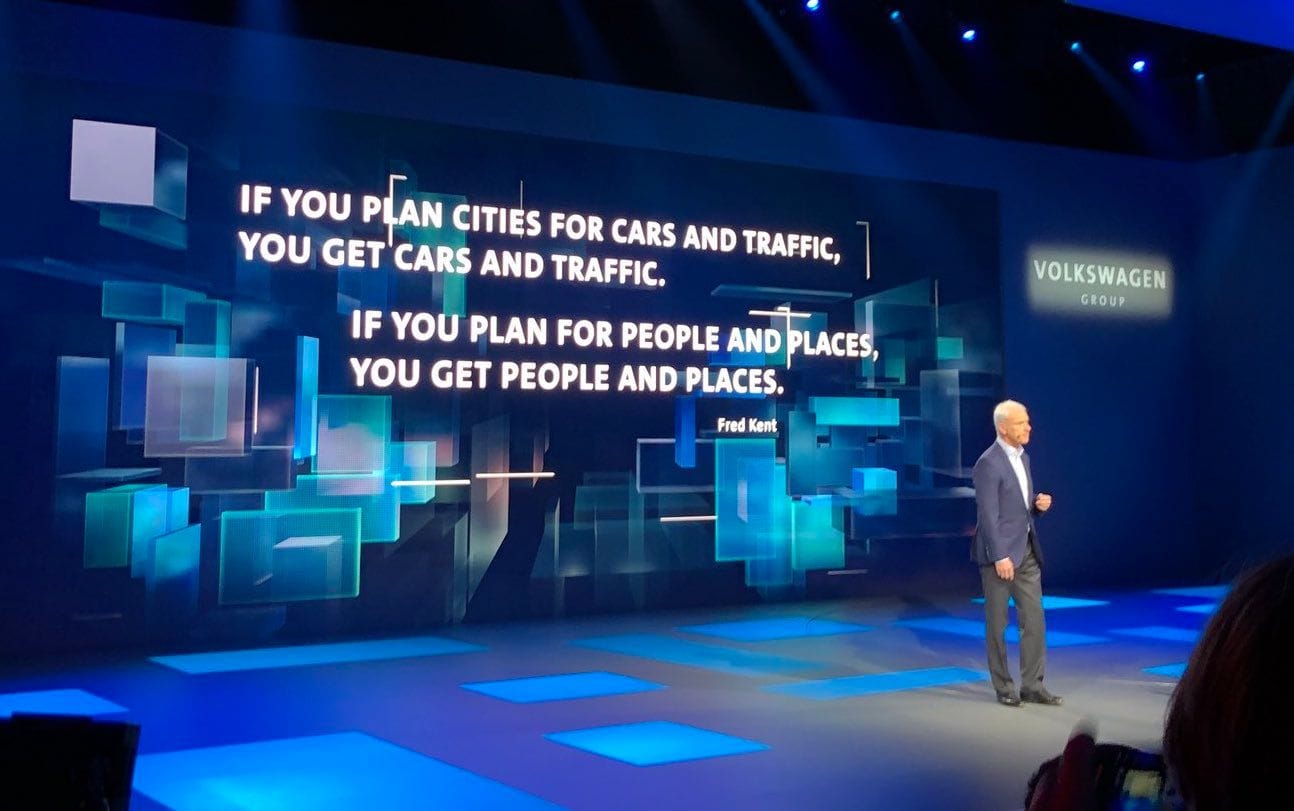
This is not the way to build communities where people can thrive. We need to turn our attention to the sidewalks because that is where the majority of public life happens. Designing them to accommodate and support it is the way to revitalize any neighborhood or district. Without vibrant sidewalks, a city cannot prosper because it can't attract people and keep them around. If all a city offers is streets, people will drive right through. If all it offers is offices, people will disappear at the end of the work day. In order for cities to be welcoming to all kinds of people at all hours and be alive with activity, sidewalks need to be reinvisioned with the goal of attracting those people in mind.
Sidewalk articles organized alphabetically by topics
- Amenities - in order for sidewalks to be attractive places to be, they need to have amenities that make them comfortable and pleasant. Amenities include seating, shade, kiosks, bollards, etc.
- Assets - to make sidewalks interesting and appealing places, assets can be added for beauty, visual interest, or to communicate something about the community's values. Assets include fountains, murals, sculptures, etc.
- Bollards - bollards are very useful for creating safer streets by separating car areas from pedestrian areas. They are also triggers for social interaction as people love to lean on them and chat.
- Community social hubs - places that encourage neighbors to gather and connect are great for strengthening the community. These places are often on sidewalks such as benches and outdoor seating for cafés.
- Corners - People's paths cross at the corners. Because they are the places where we stop to cross the street, they are perfect places to add amenities and social infrastructure.
- Dining sheds - Structures that provide seating on the street like NYC's dining sheds are important amenities for revitalizing sidewalks. They take what was once car space and transform it into people space and they create a barrier between pedestrians and traffic.
- Double-loading - When both sides of the pedestrian walkway are activated, we call it double loading. This creates a kind of pedestrian "tunnel" with things to do and see on both sides and a barrier between people and traffic.
- Focal points - focal points create a sense of visual culmination in a space and attract our attention. They are a great way to communicate a society's values or history and their presence elevates the experience of being in a public space.
- Food - people love to go and spend time wherever refreshment can be found. If we want people to be drawn to sidewalks, there need to be sufficient options for food and drink there.
- Intersections - intersections that are overly-wide and full of traffic are hostile to pedestrians. They kill social and commercial life in their vicinity and must be avoided, especially in key areas.
- Inside Out design (architecture of place) - when things that are normally inside buildings get pulled into the public realm, we call that "inside out" design. It makes public places more lively and interesting places to be.
- Multi-layered destinations - a public place should be designed to be attractive to all kinds of people, of different ages, backgrounds, and interests. This can be done by providing a variety of things to do there so everyone can enjoy themselves.
- Porches/stoops/terraces - In "inside out" design, the area between the private and public realms is what we often call a porch. It is the outdoor area of a business or home where people engage both with the building and the public.
- Promenade/Passeggiata - a sidewalk designed to be comfortable for strolling is similar to a promenade or passeggiata - a street meant for pedestrians.
- Seating - any place that people are expected to spend time needs to have seating because everyone needs or wants to sit every once in a while. Seating is a basic feature of any well-designed public place, including sidewalks.
- Shade - nobody enjoys standing in the hot sun. It is both uncomfortable and dangerous. Shade is therefore an essential amenity for places where the sun shines bright. It can be provided by trees, umbrellas, and awnings.















